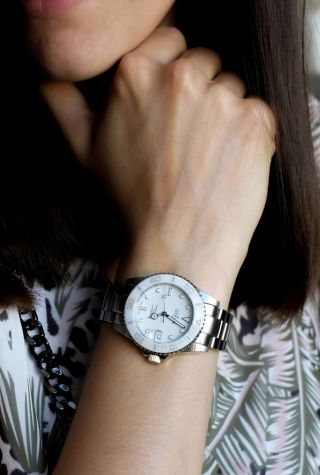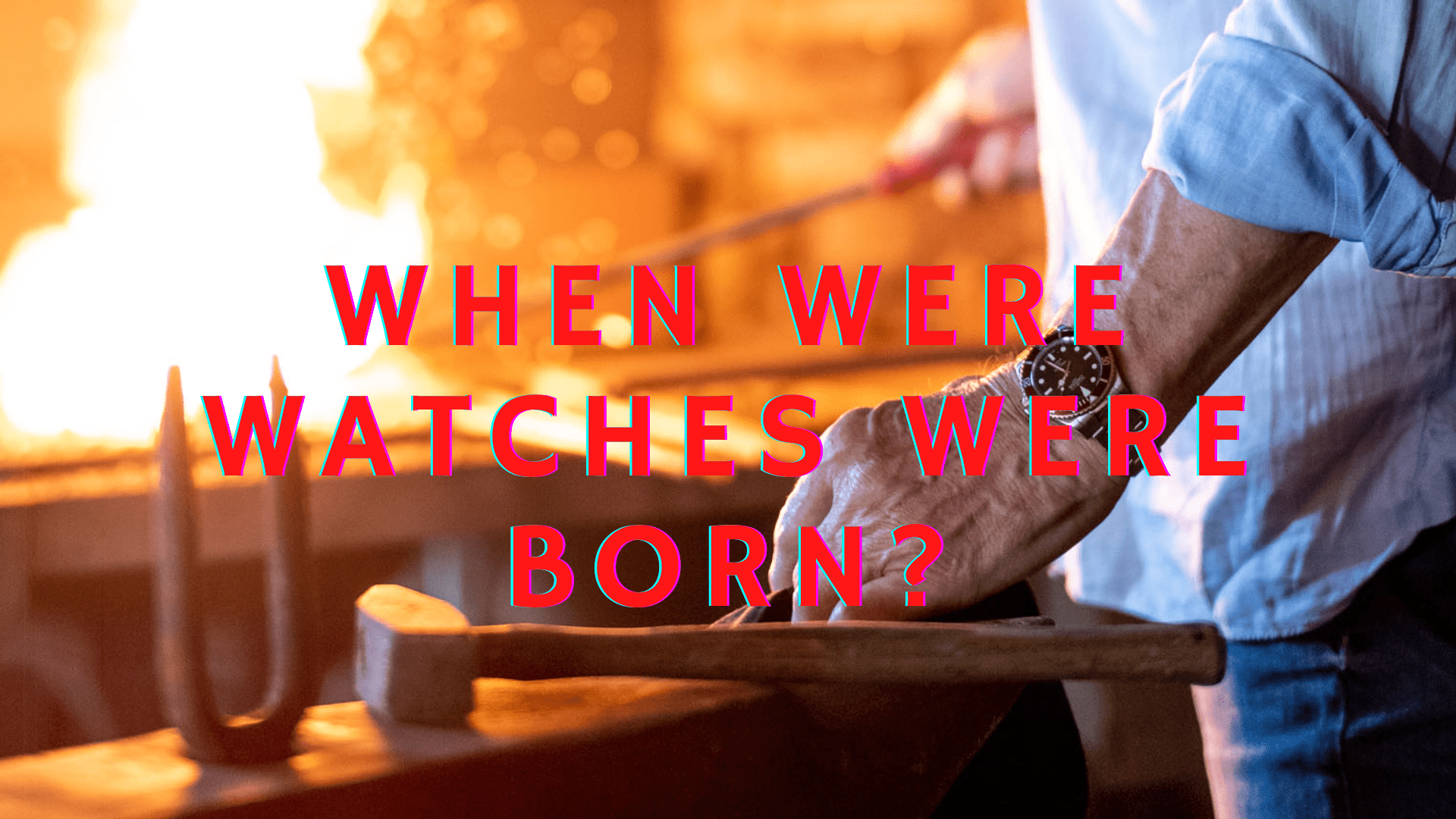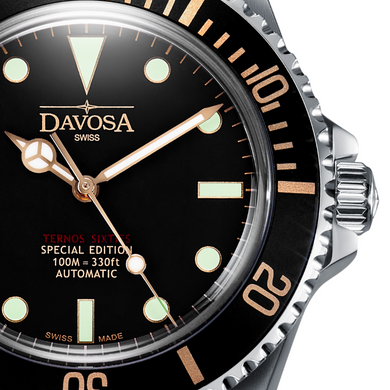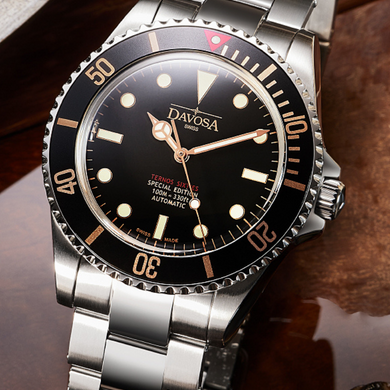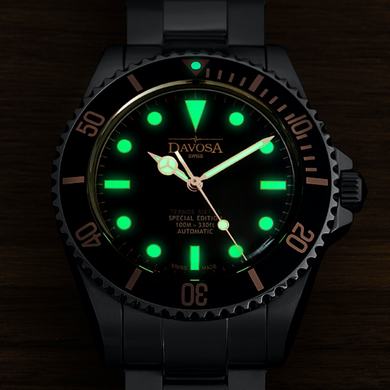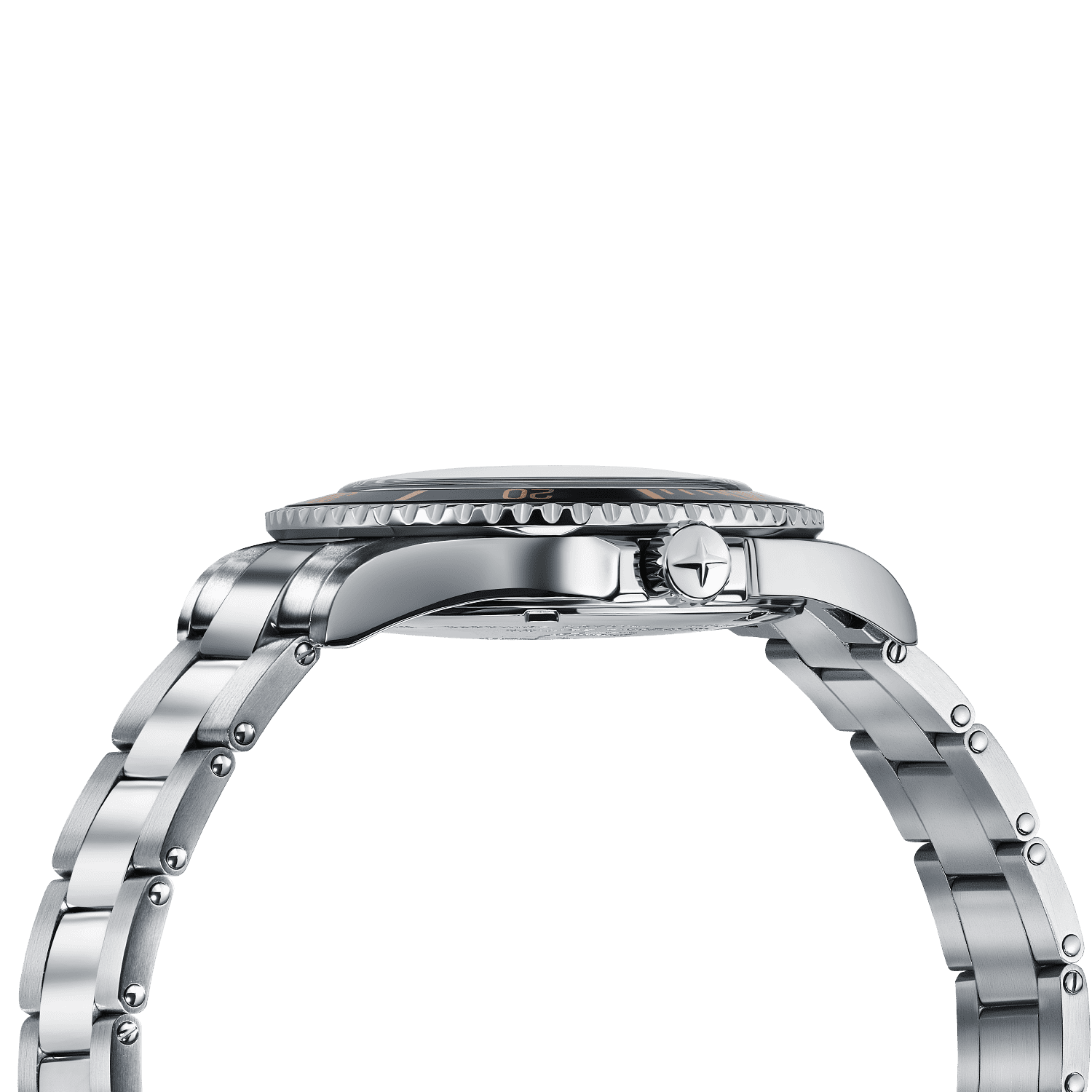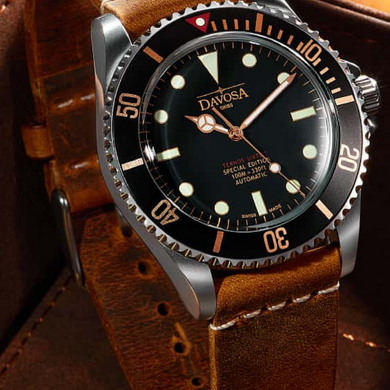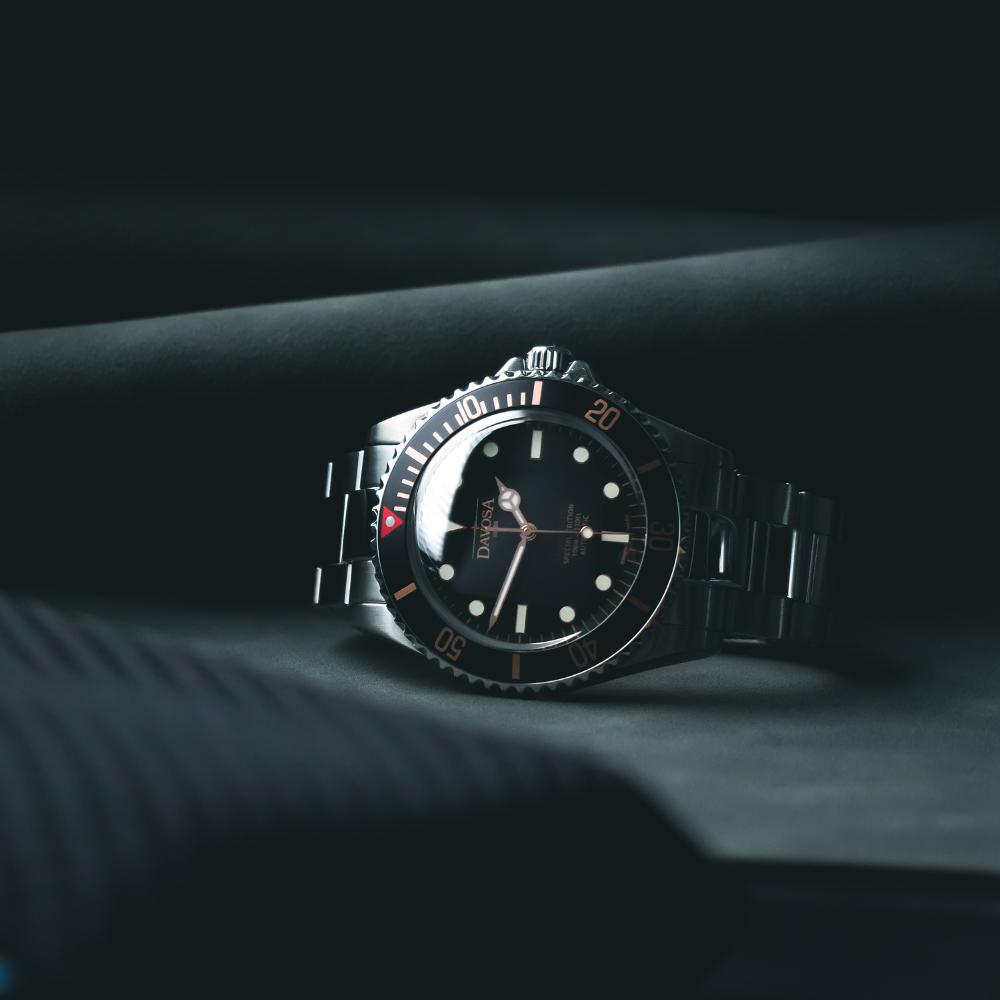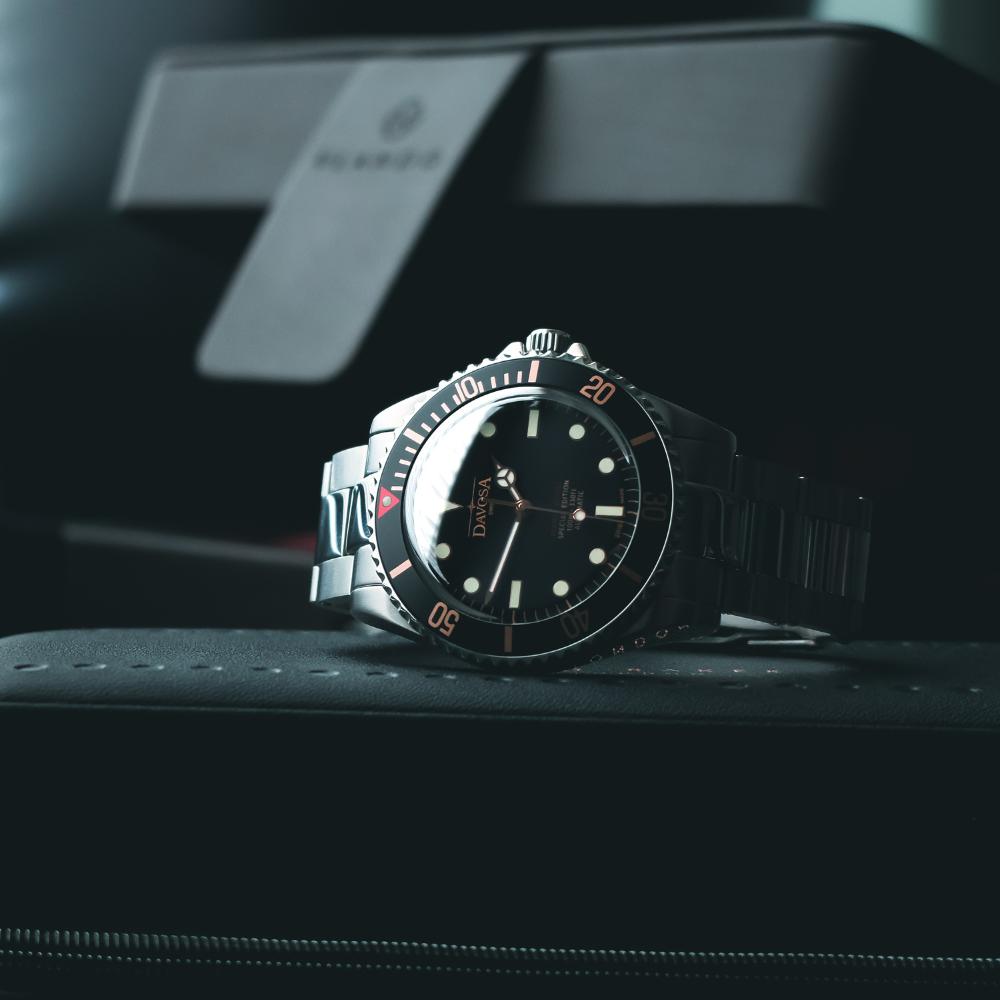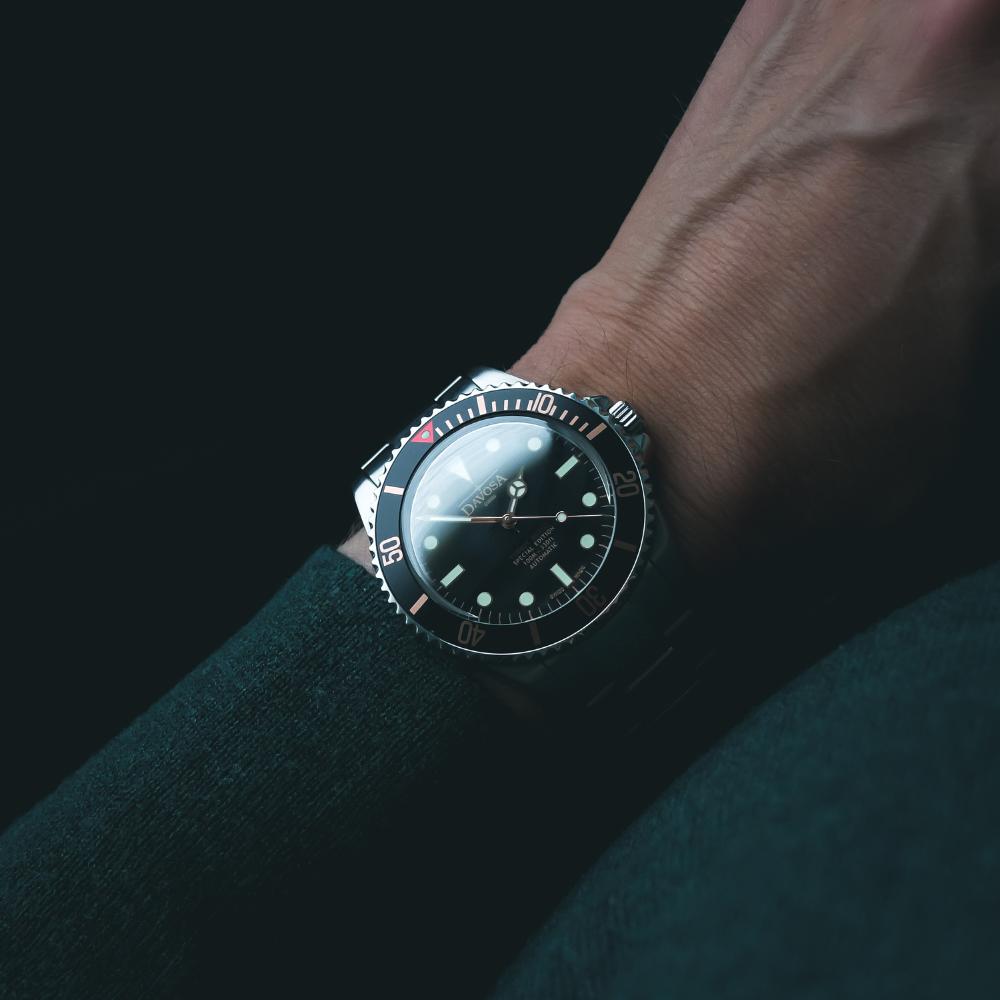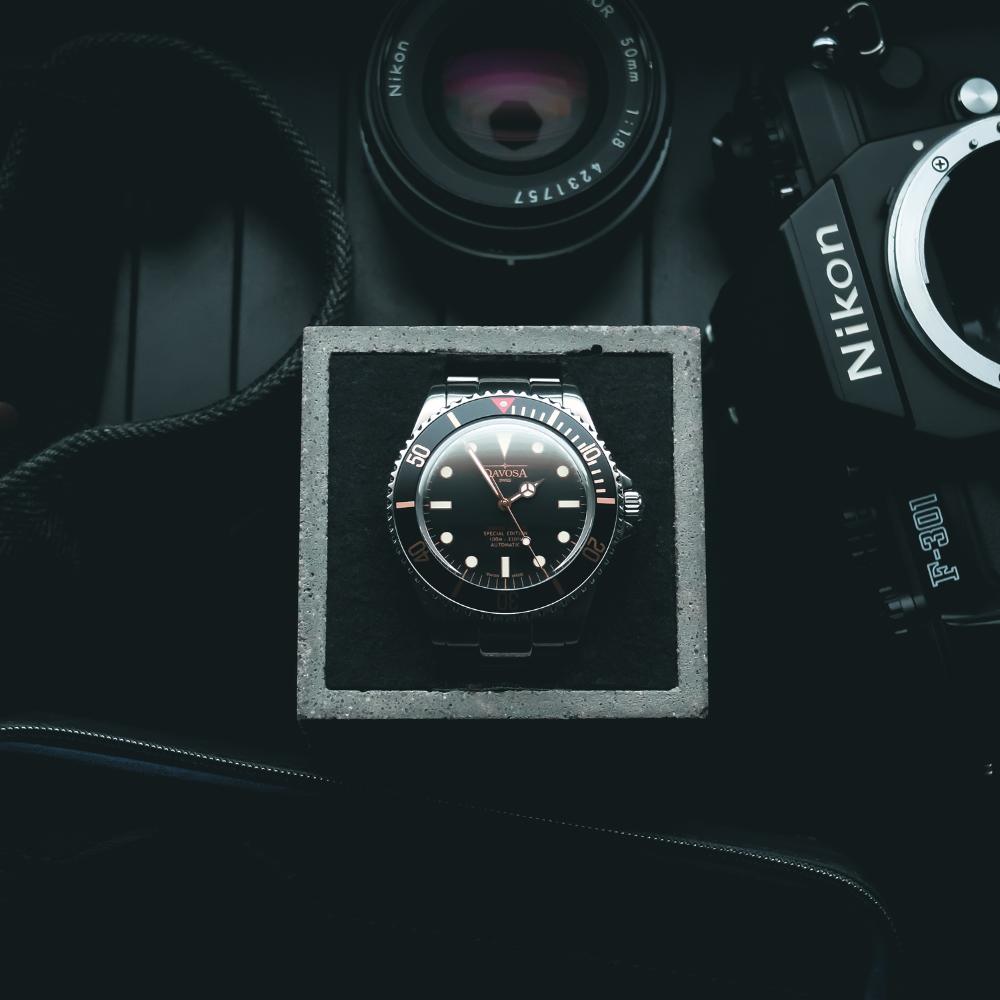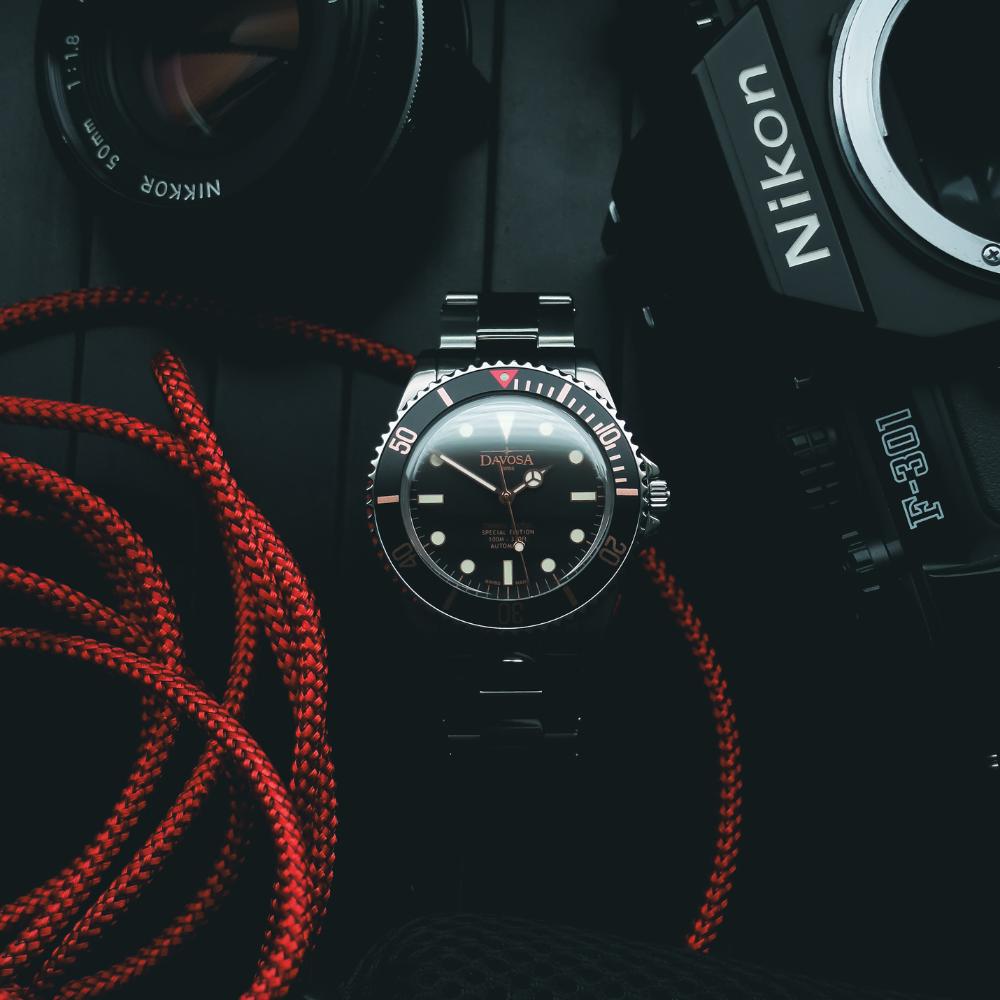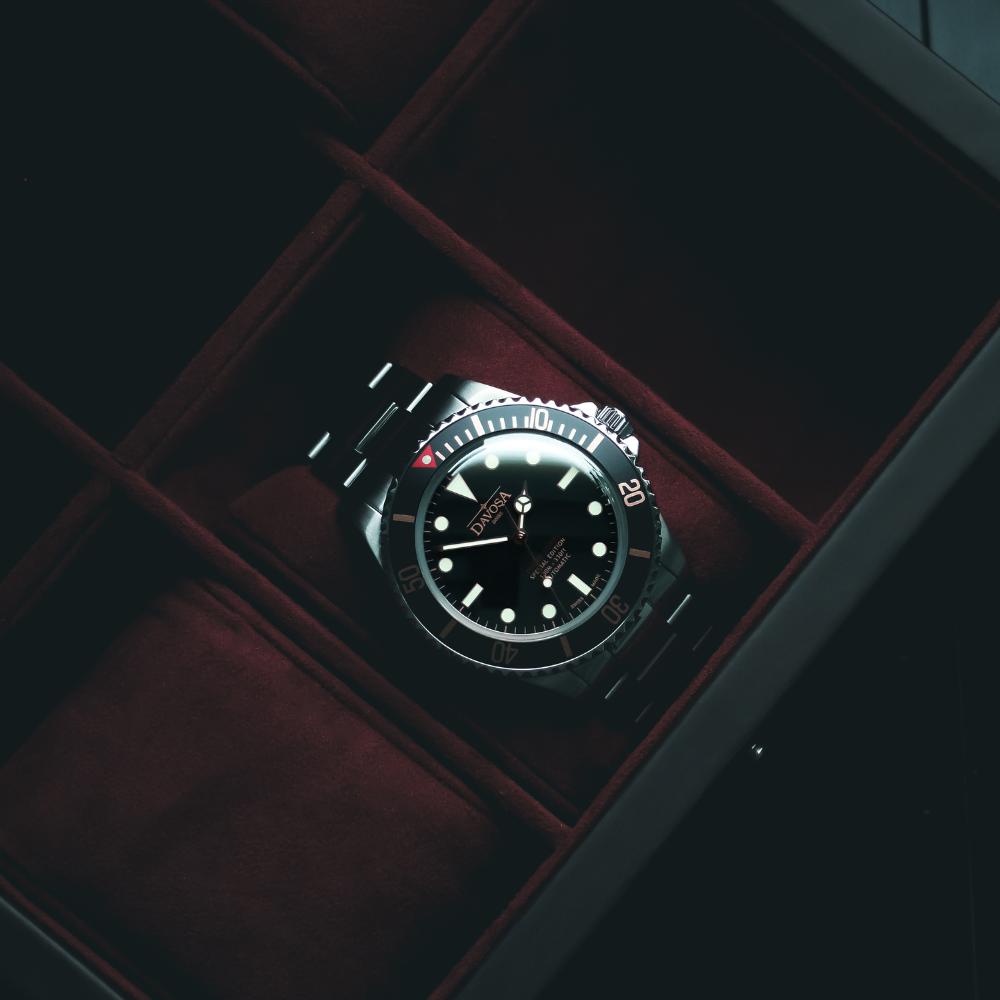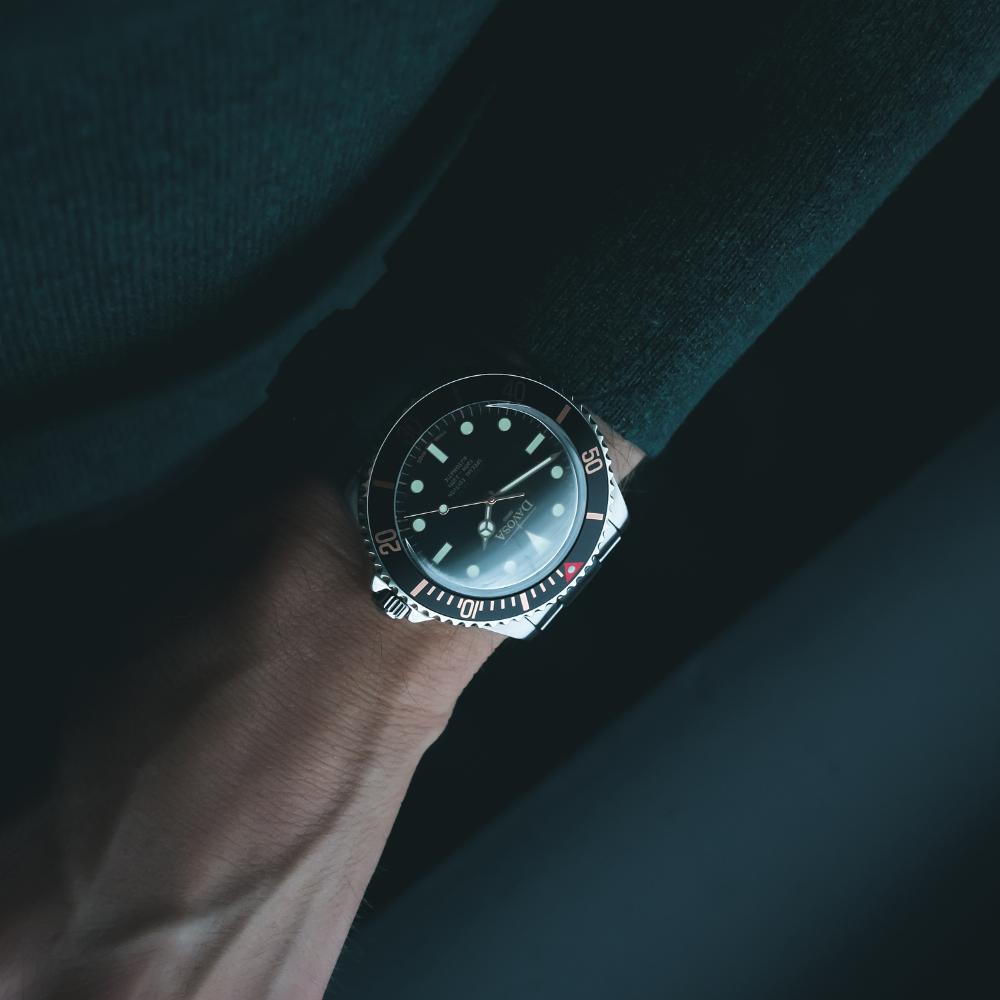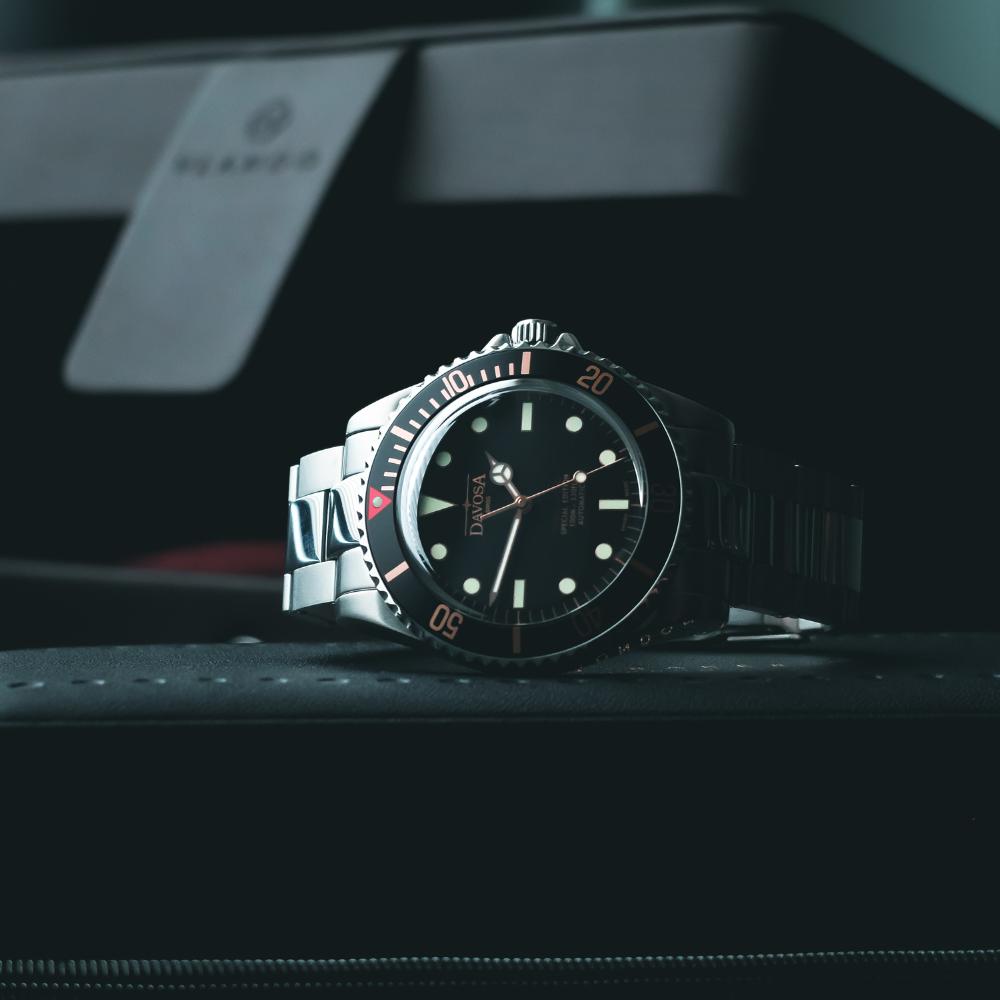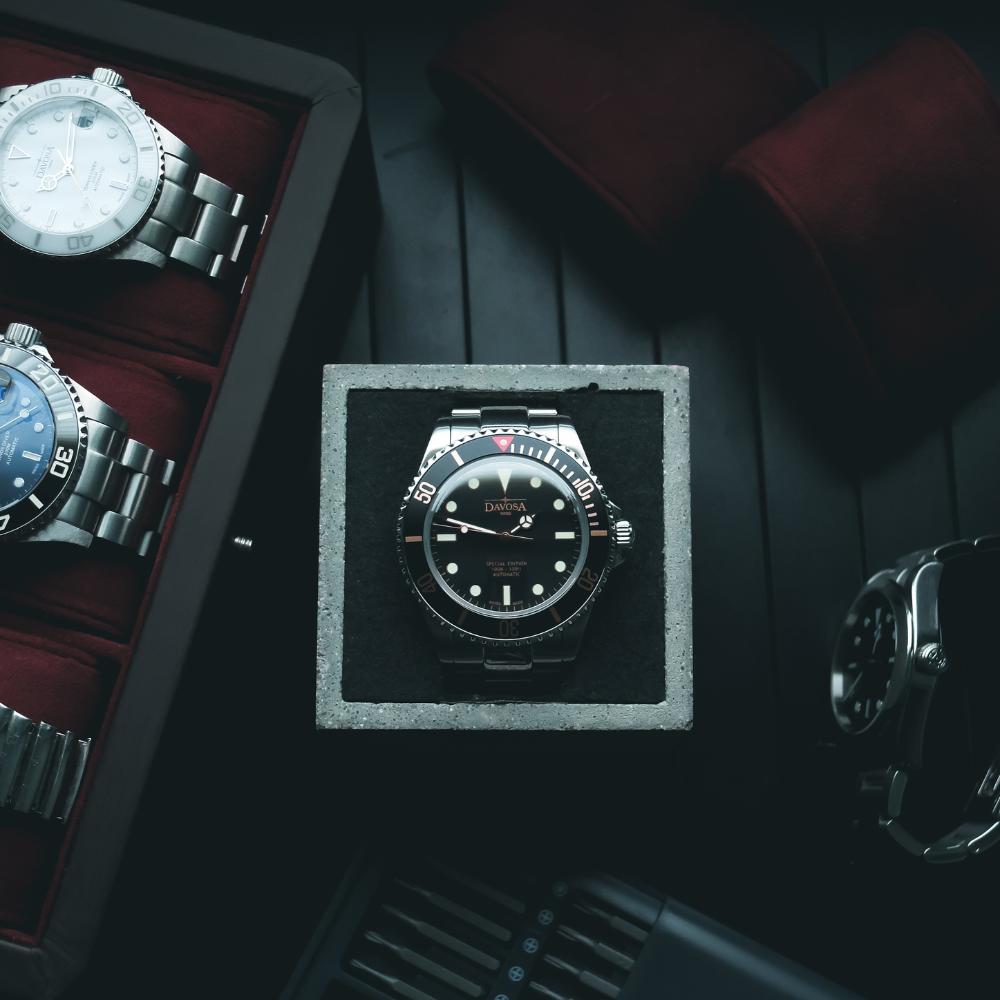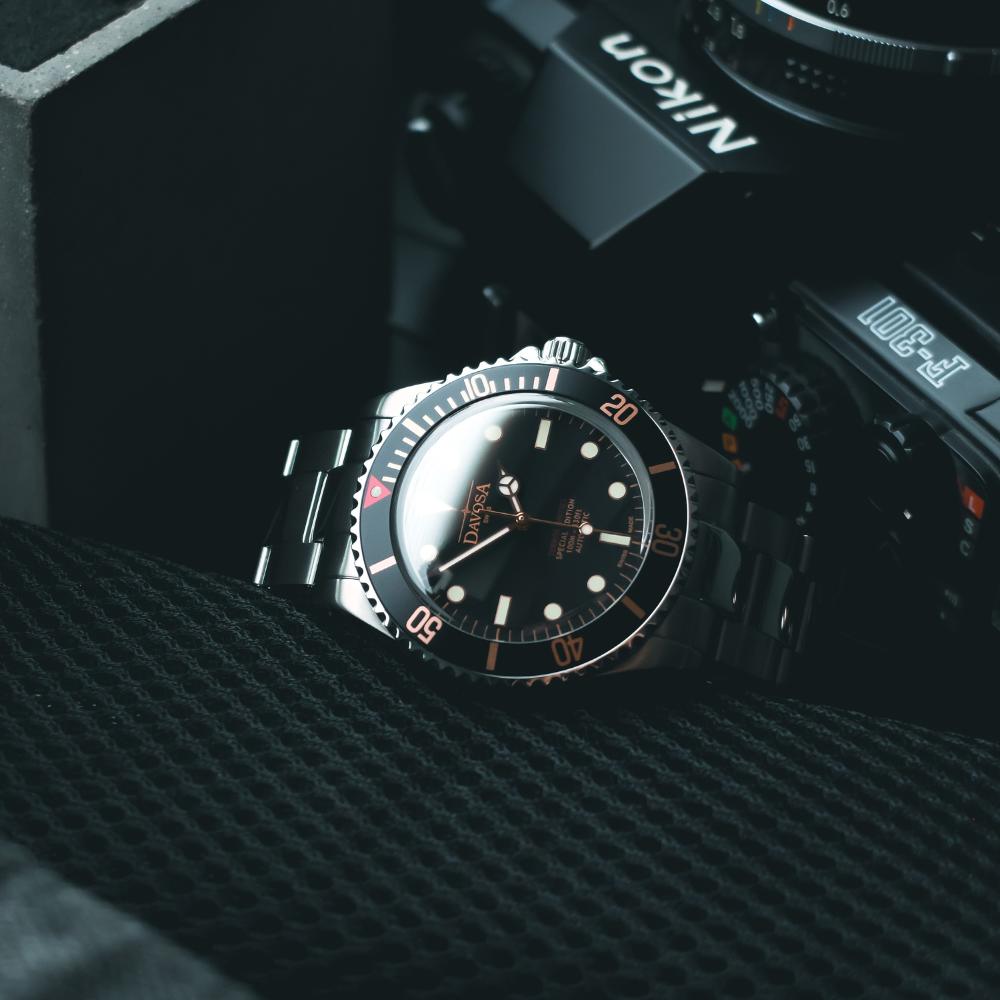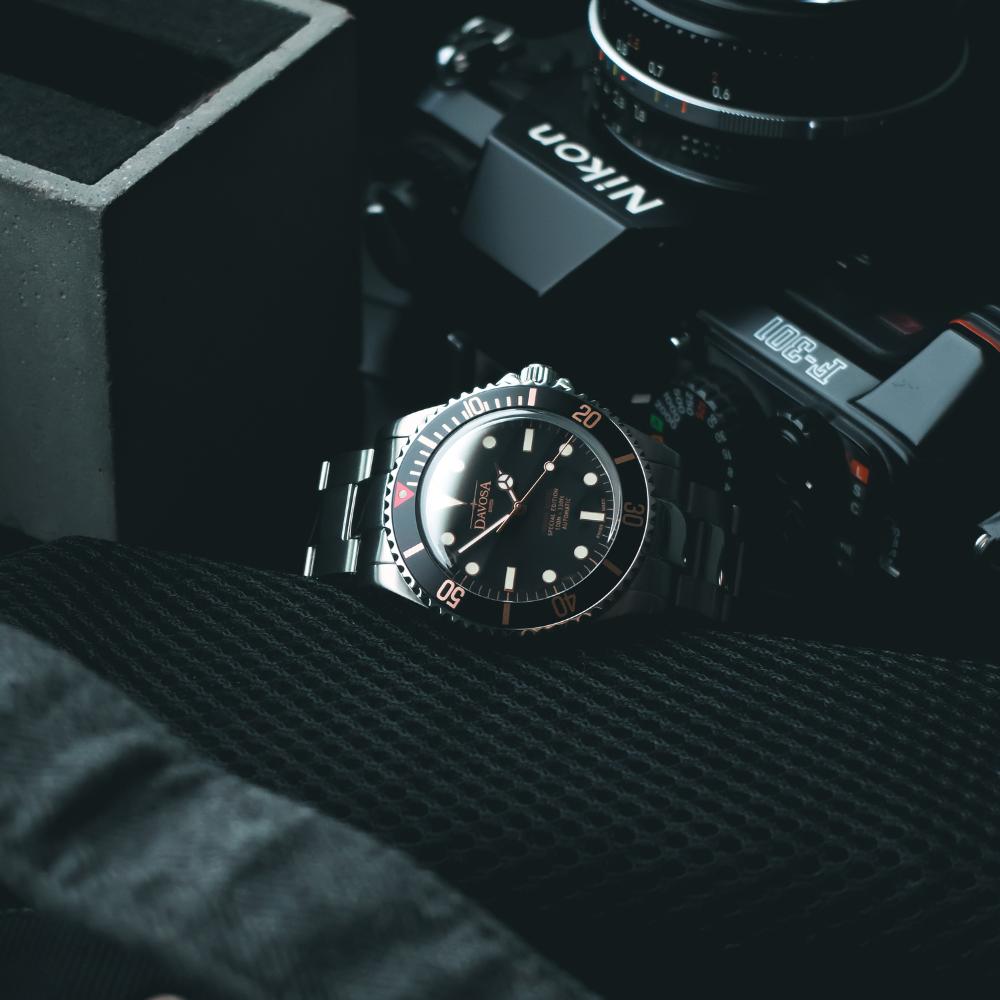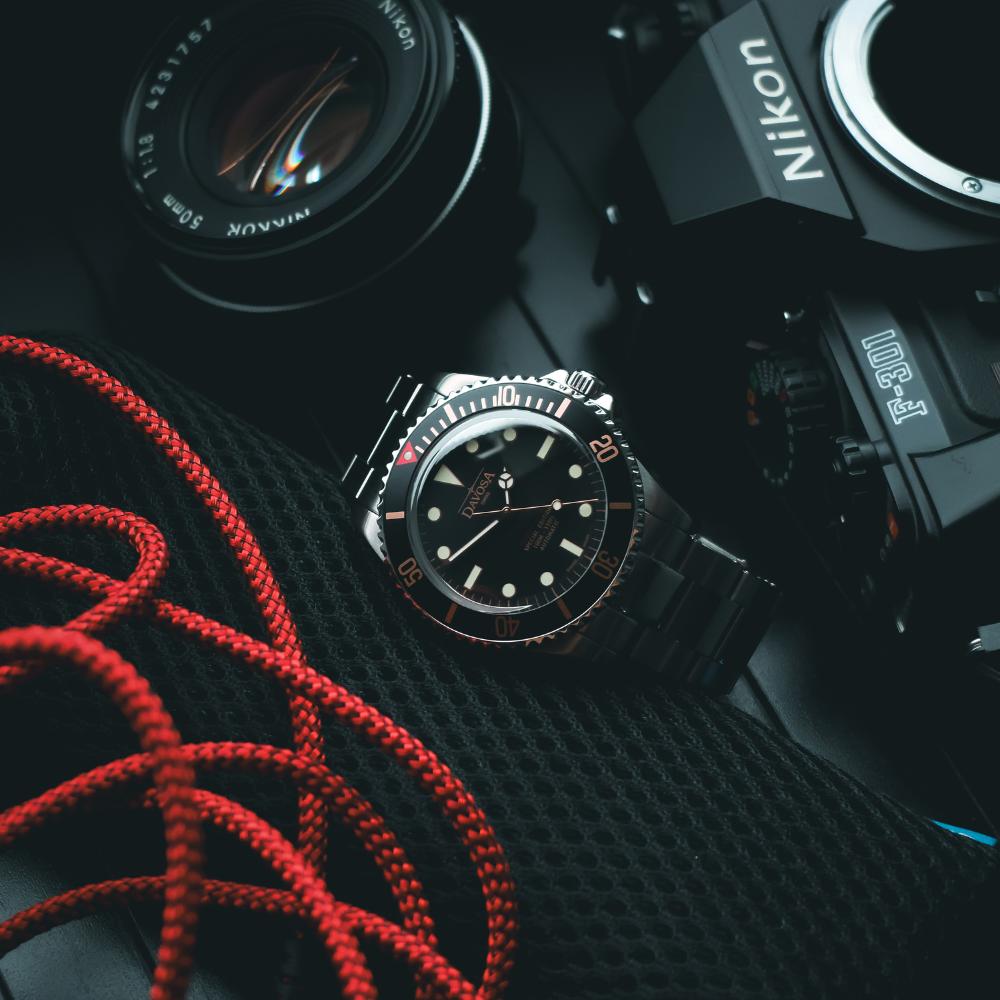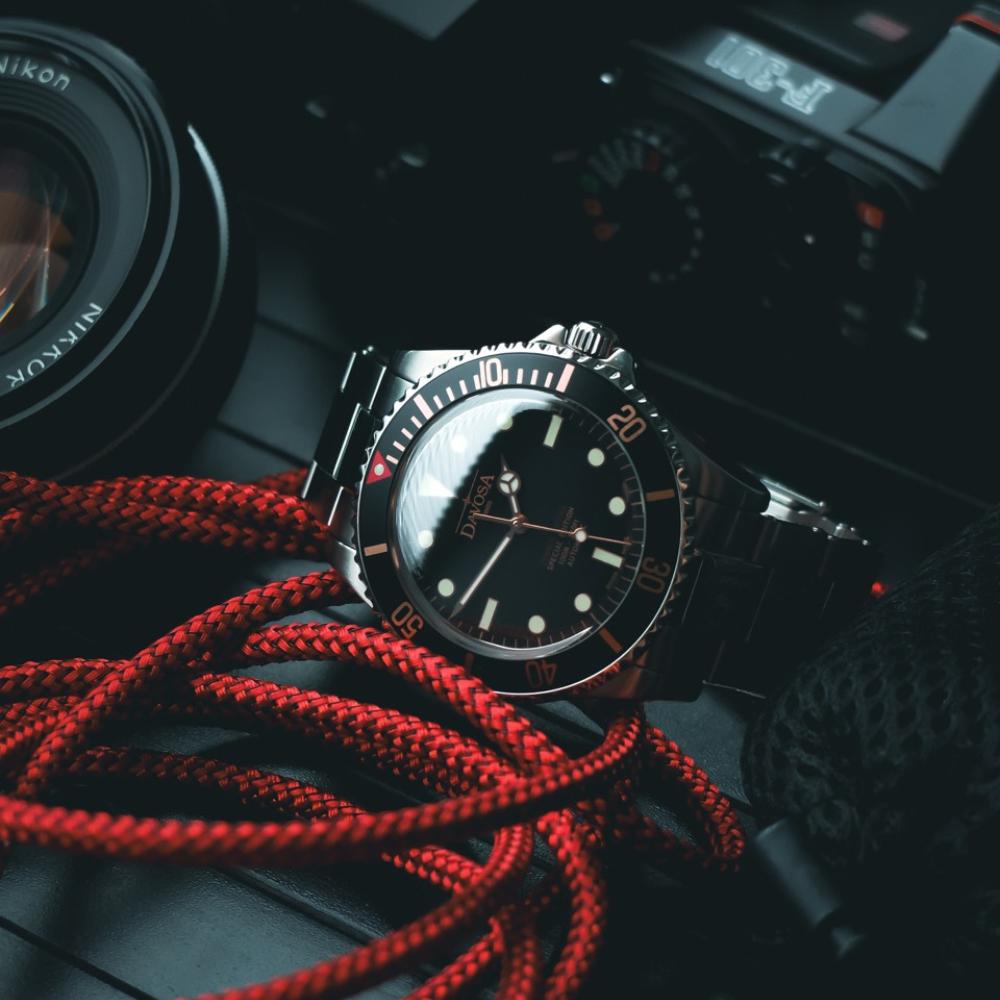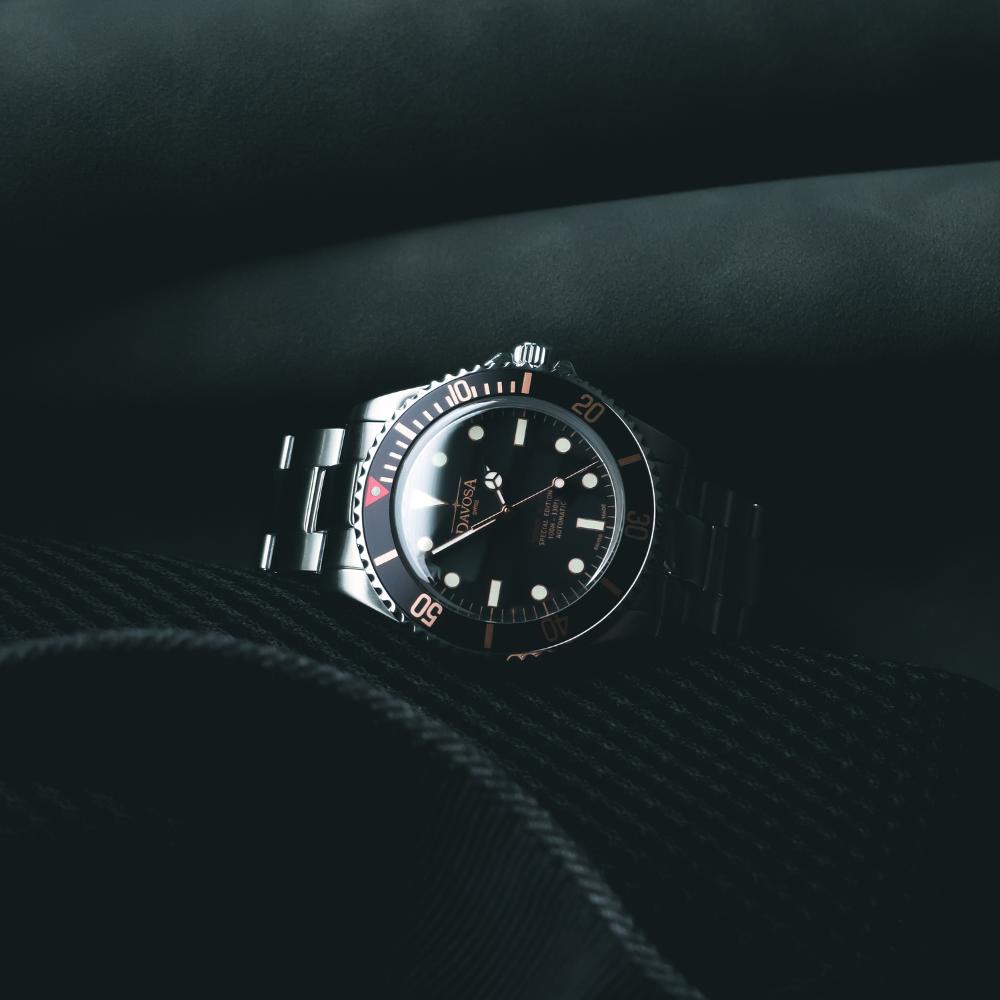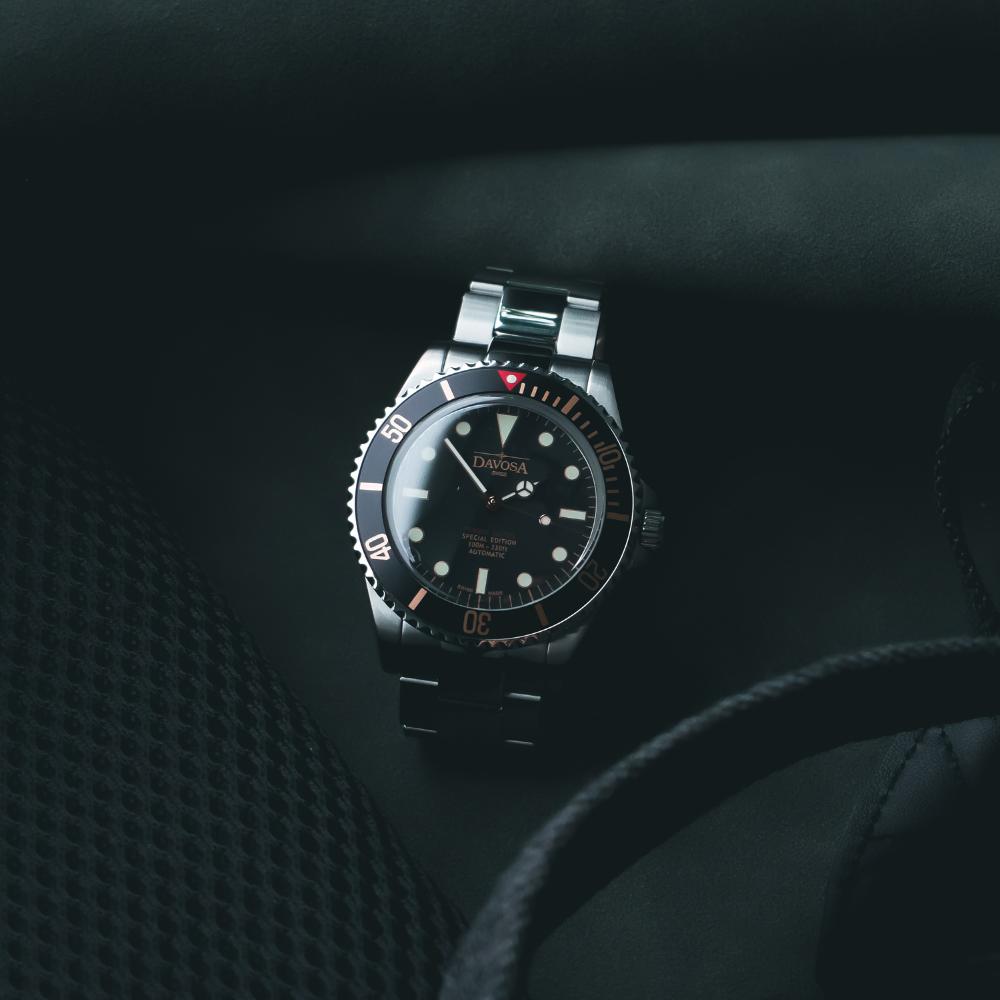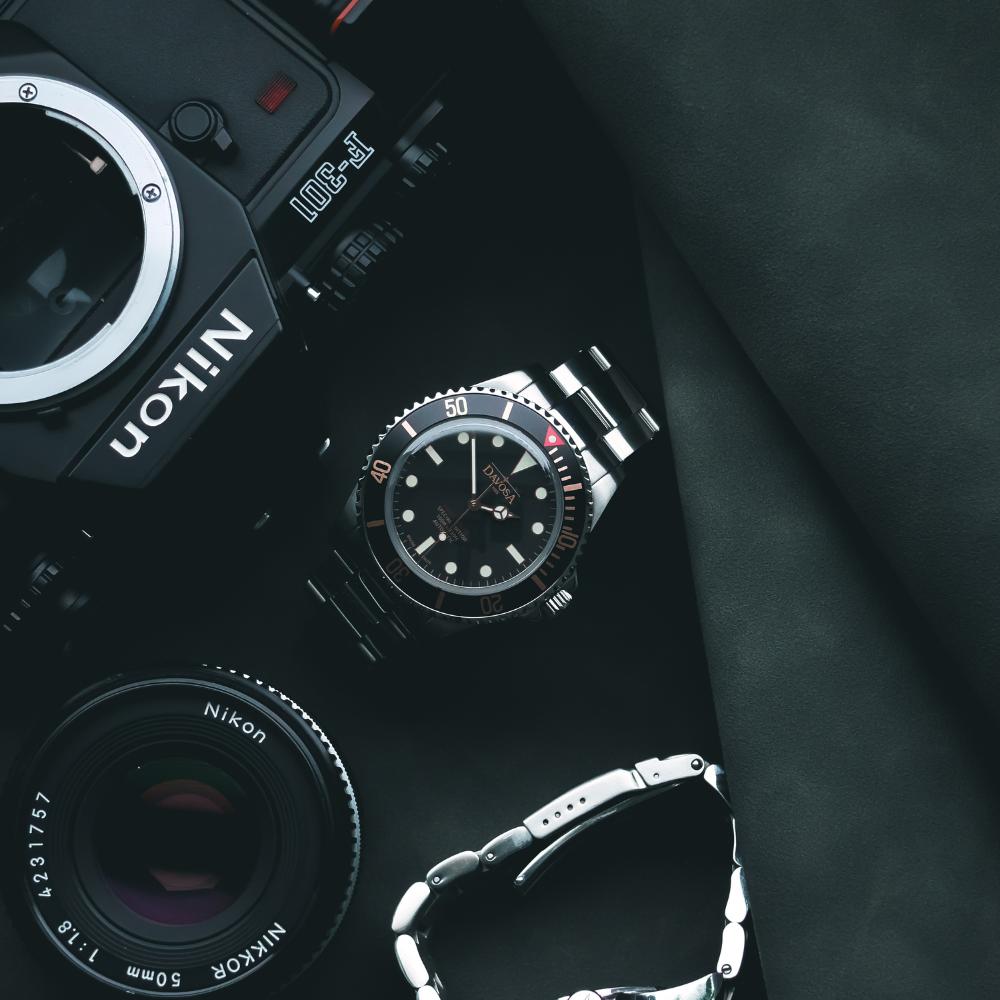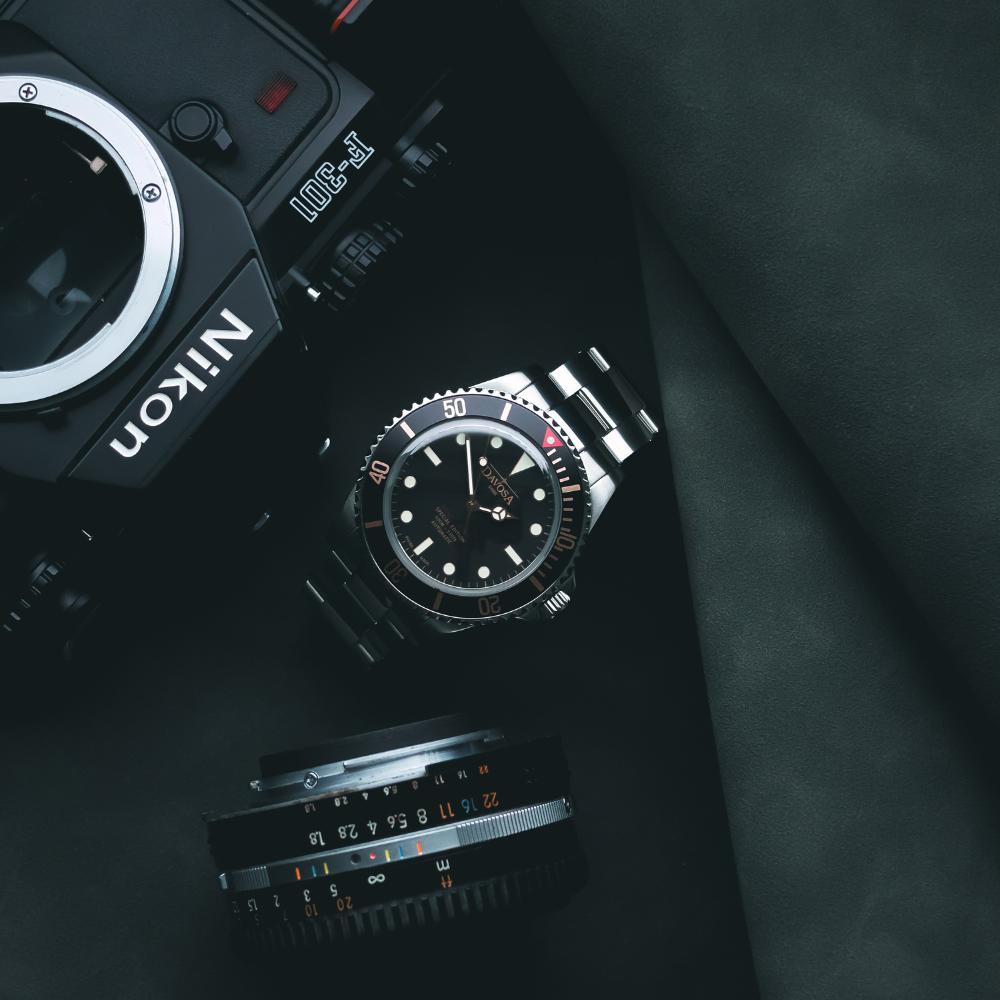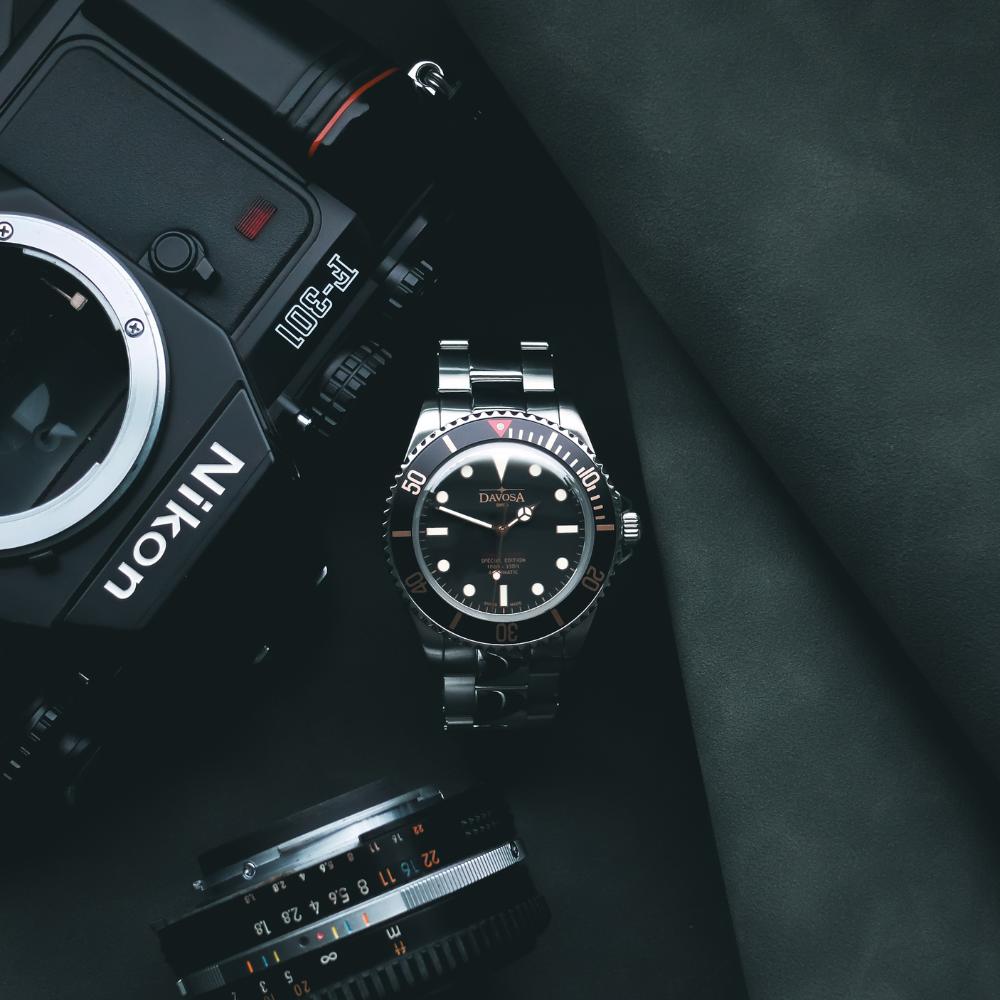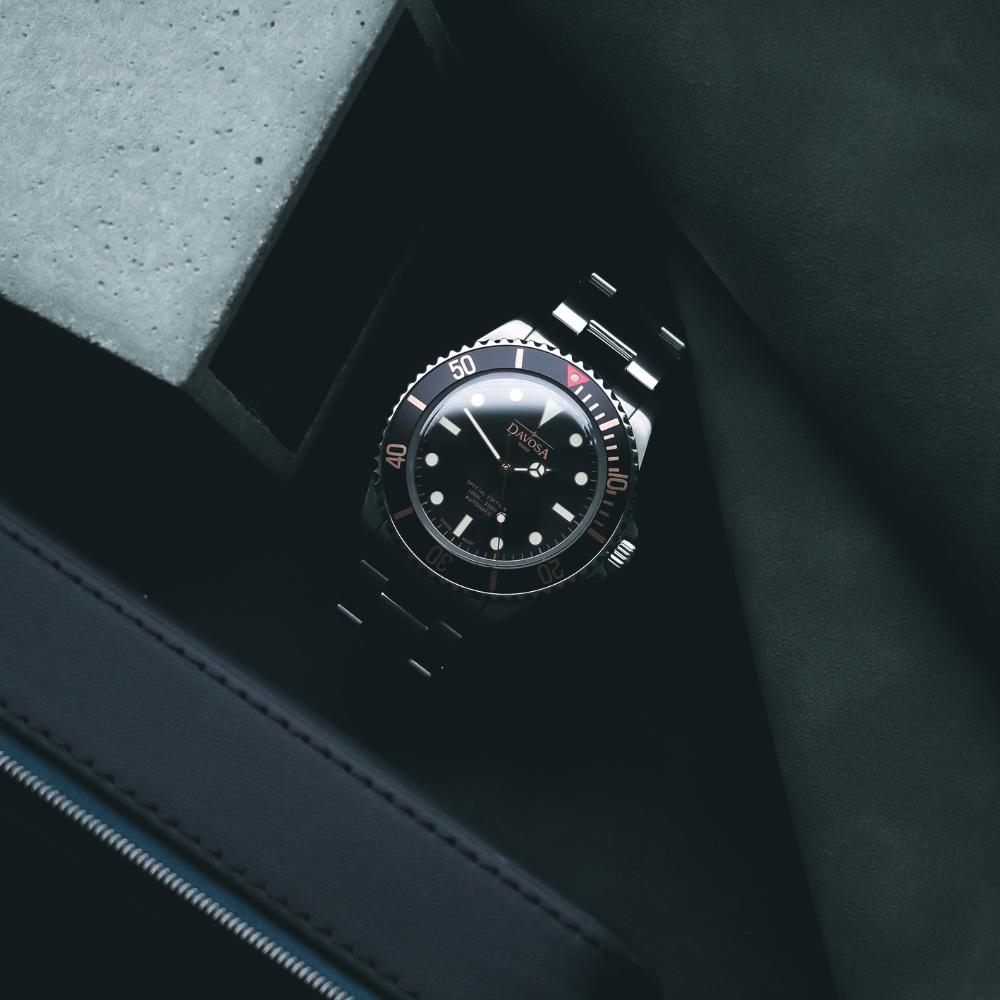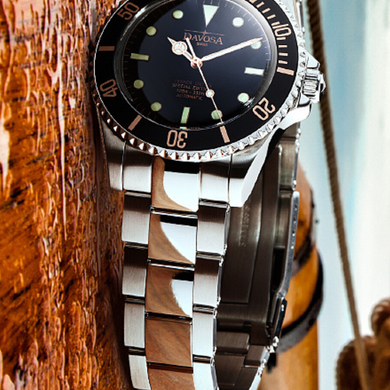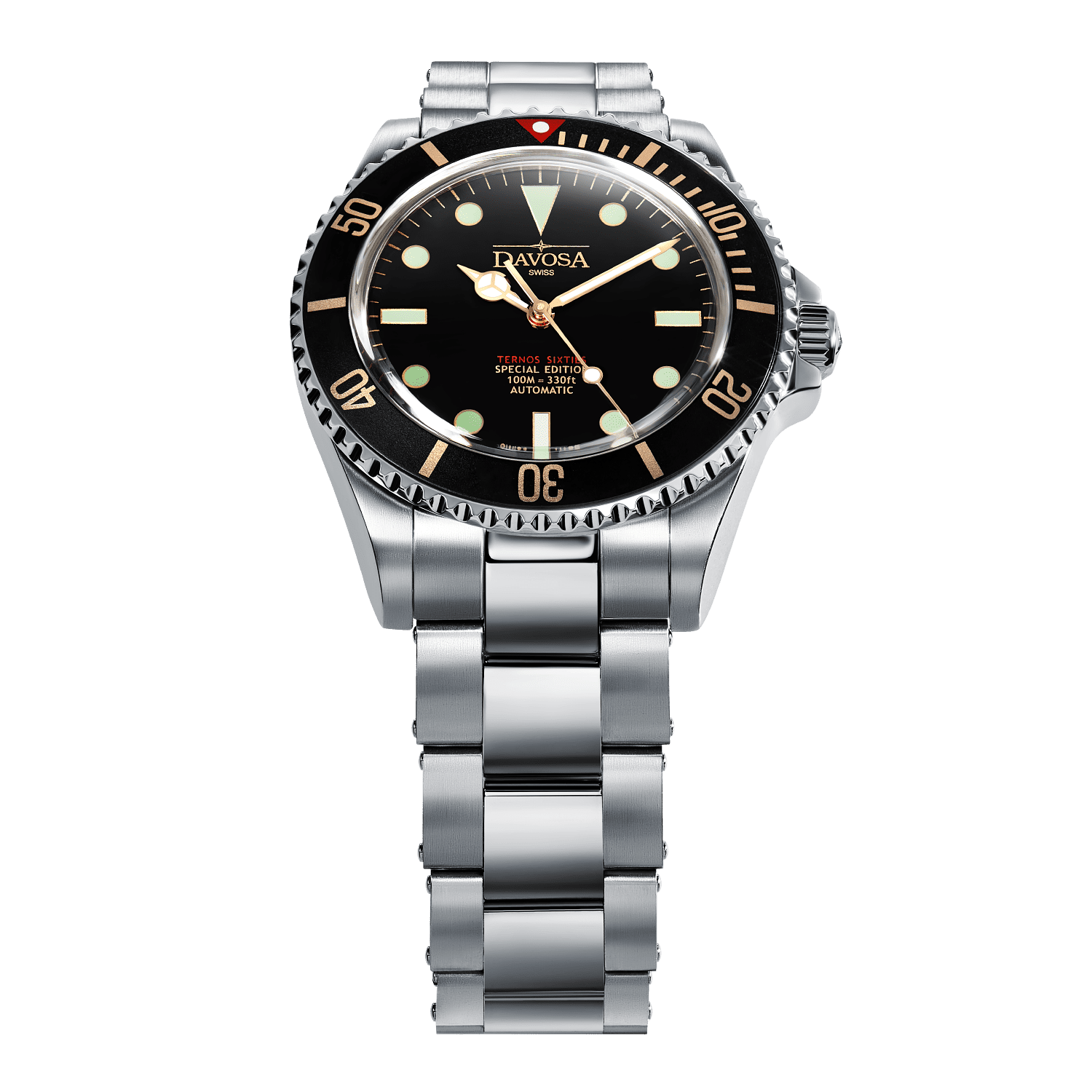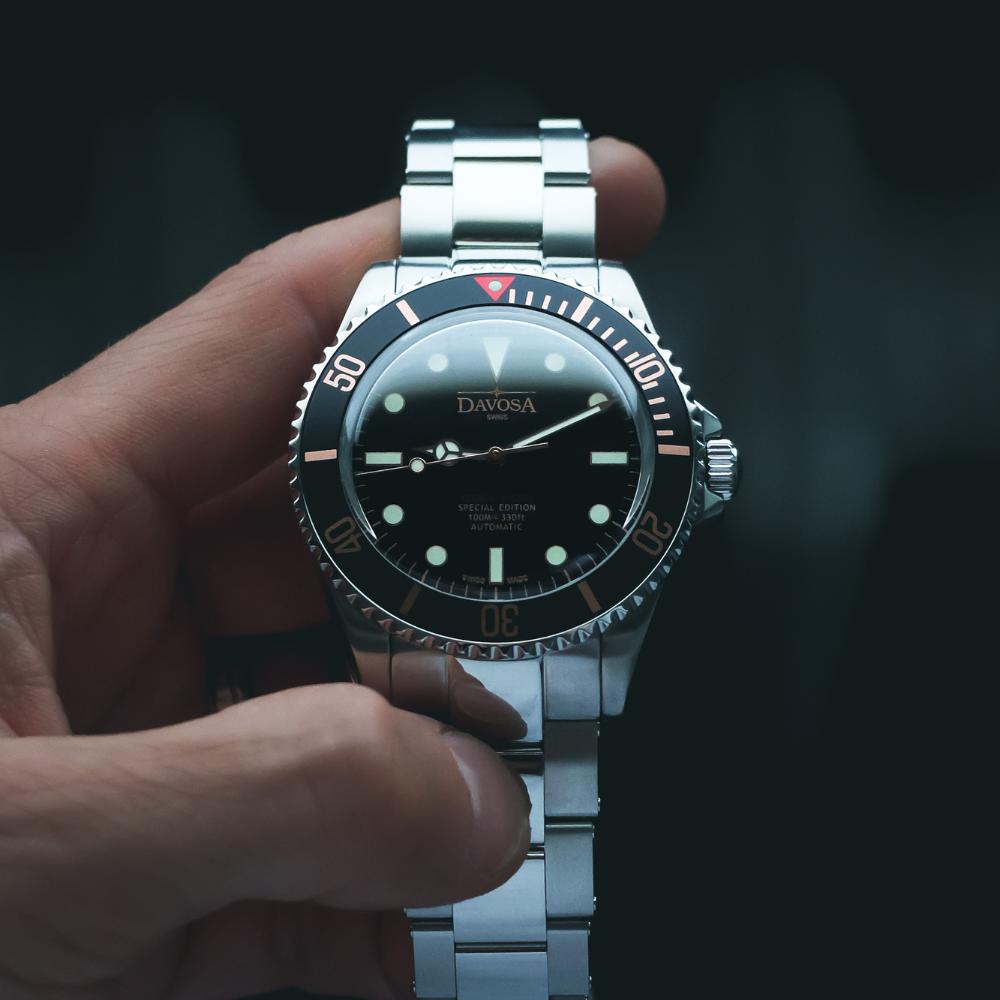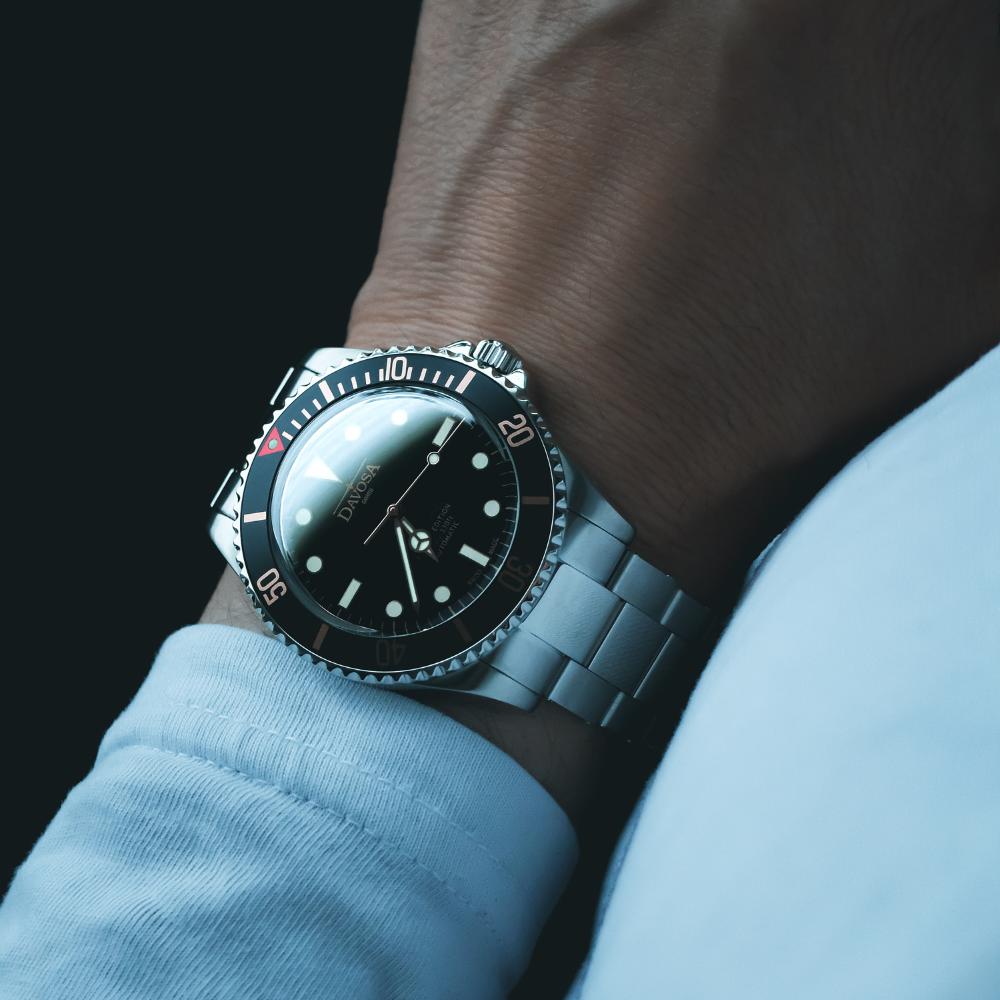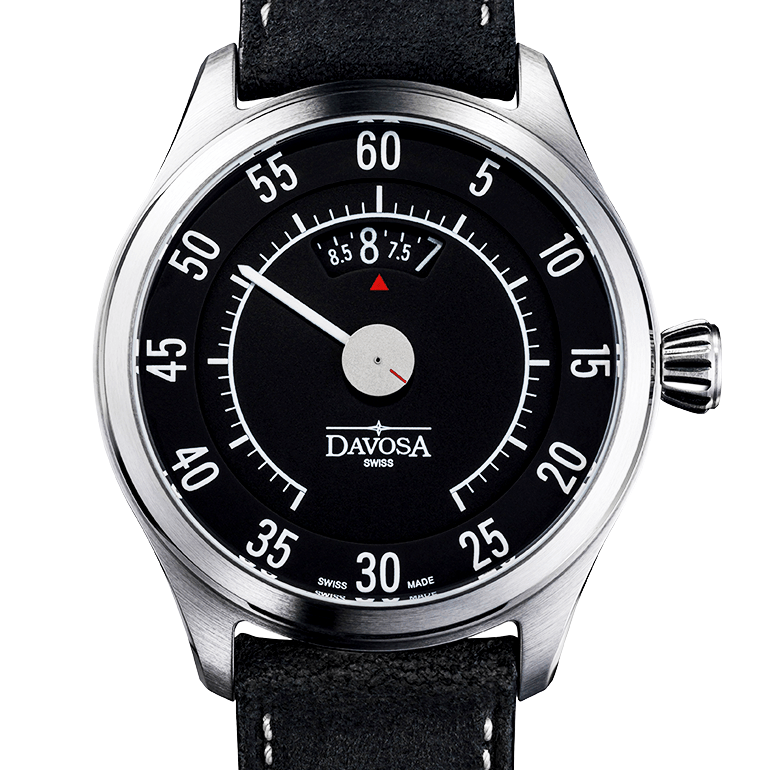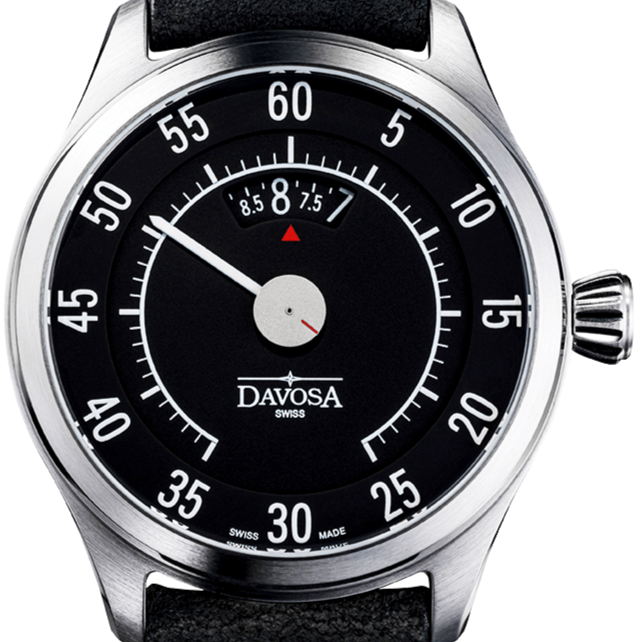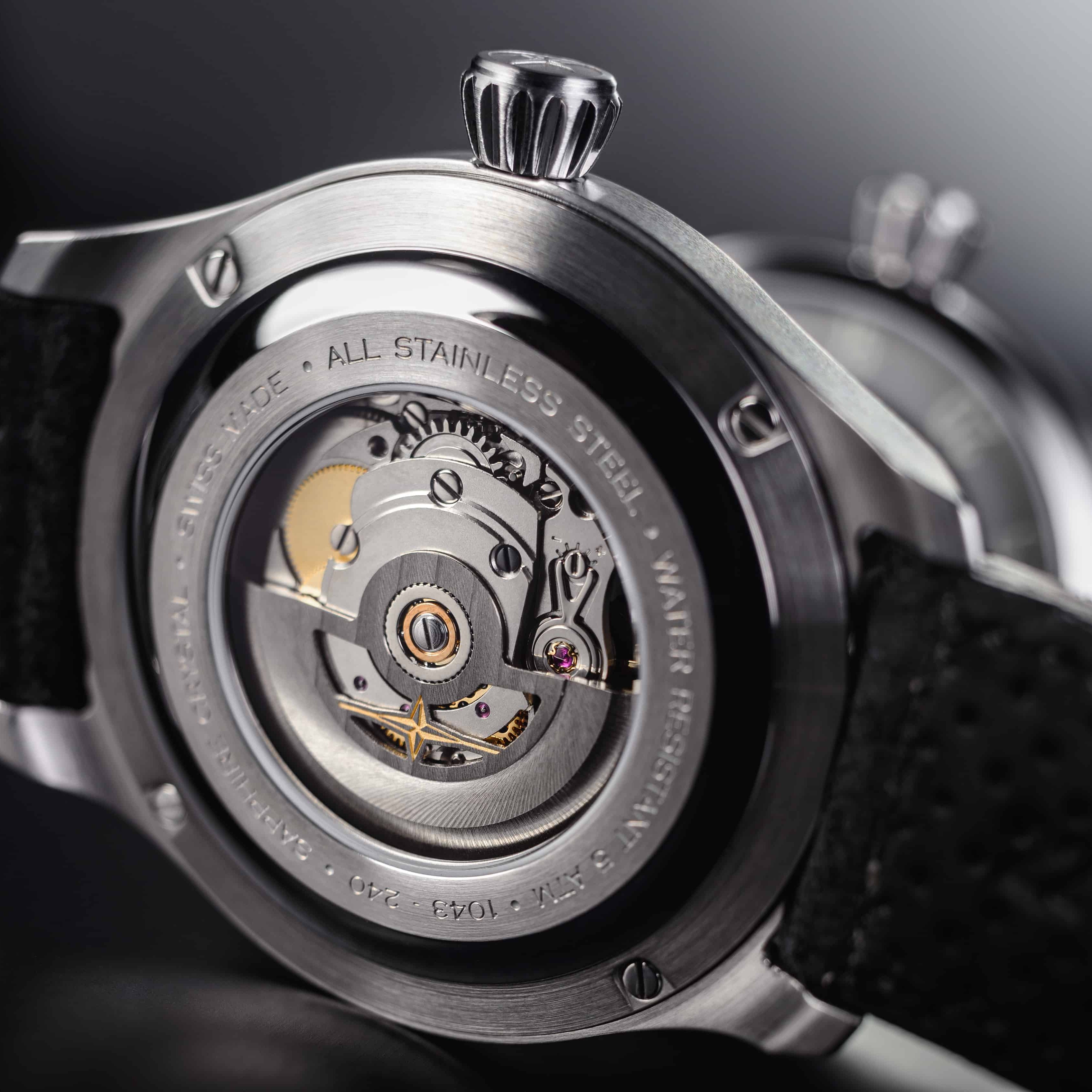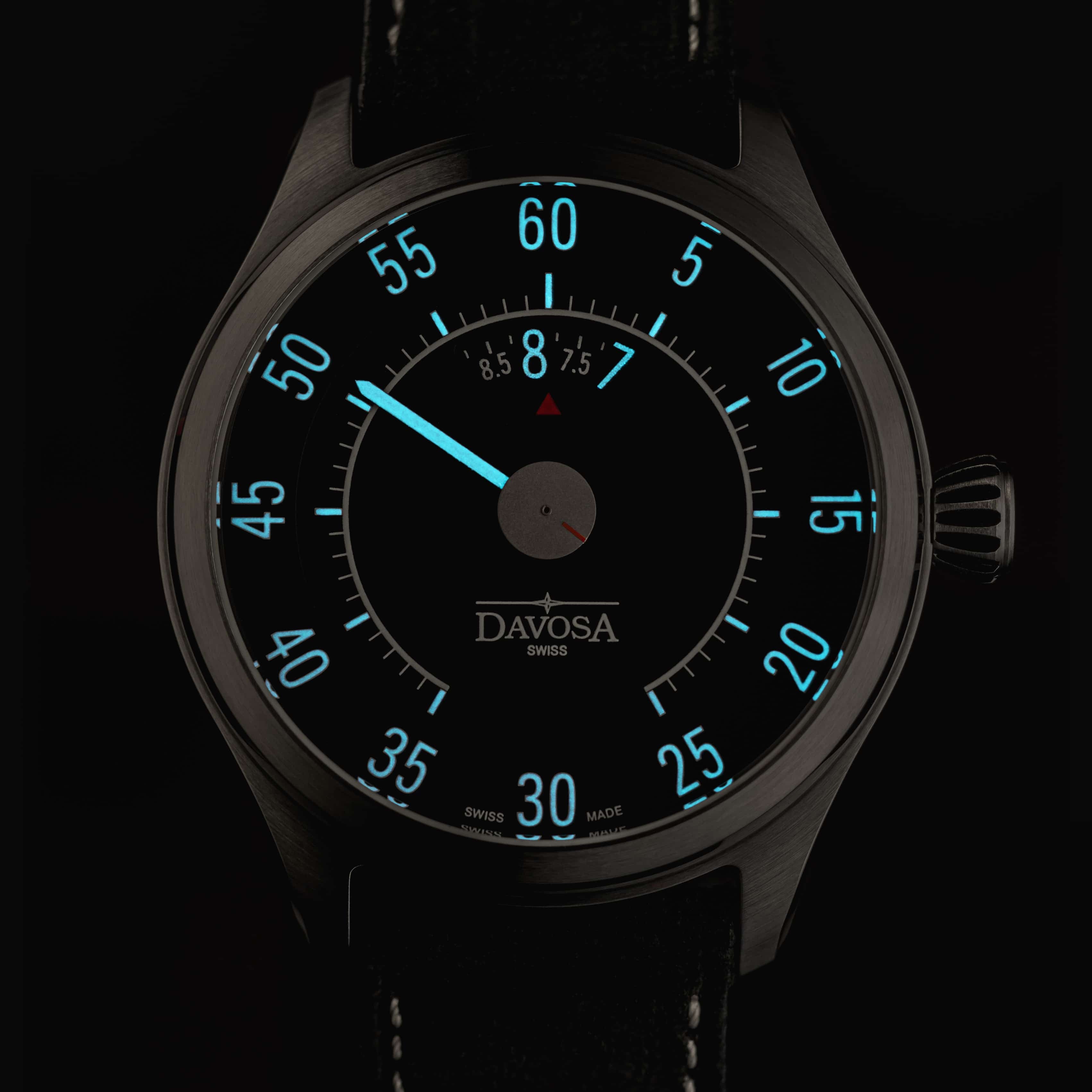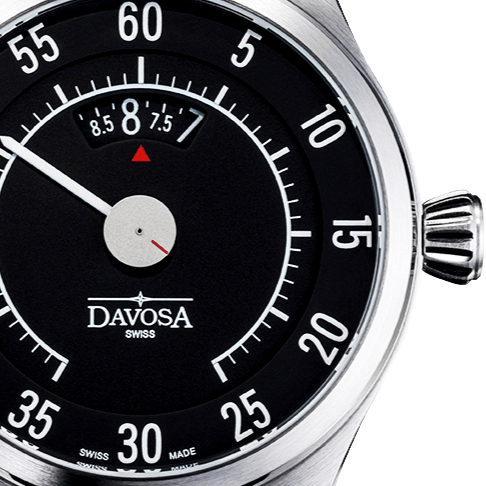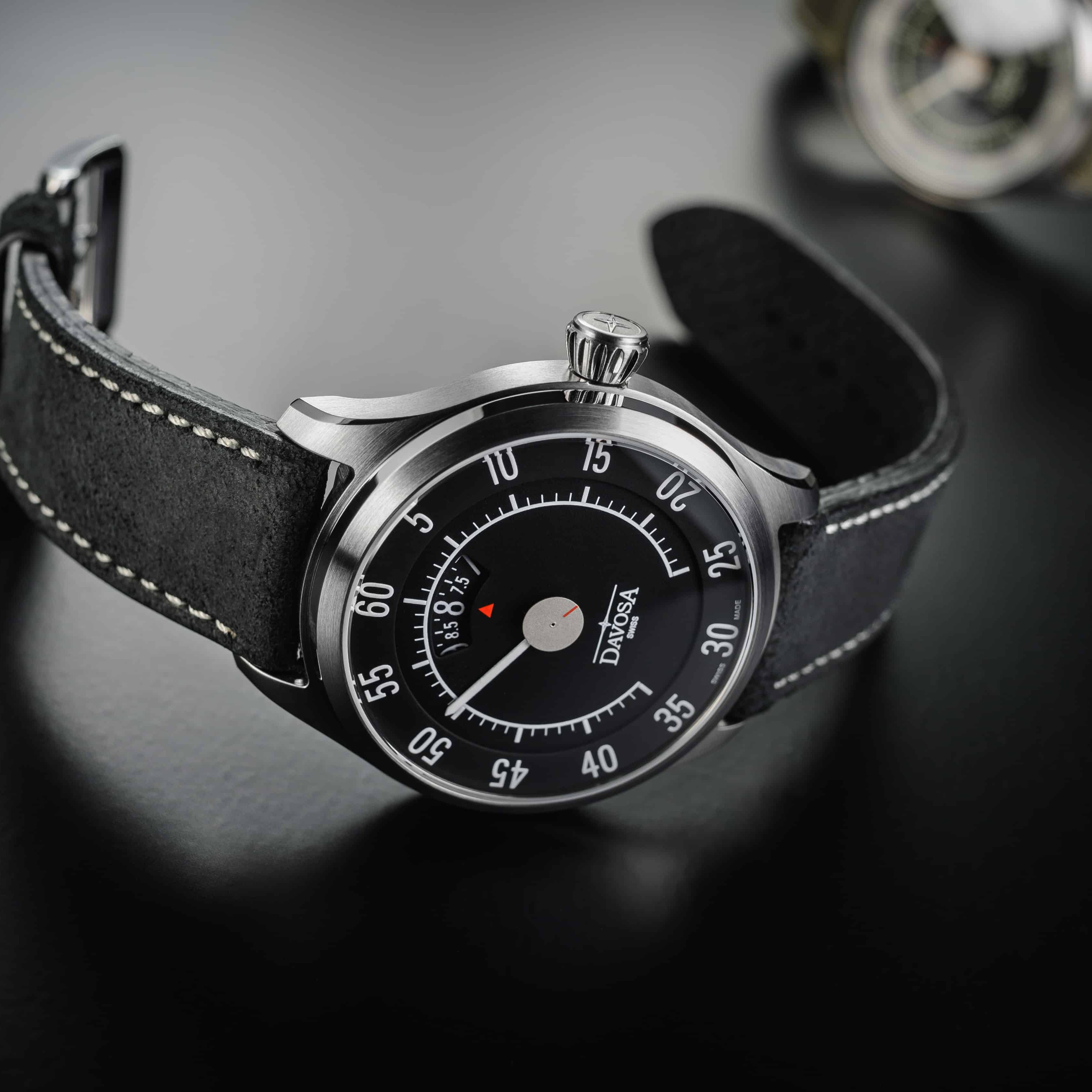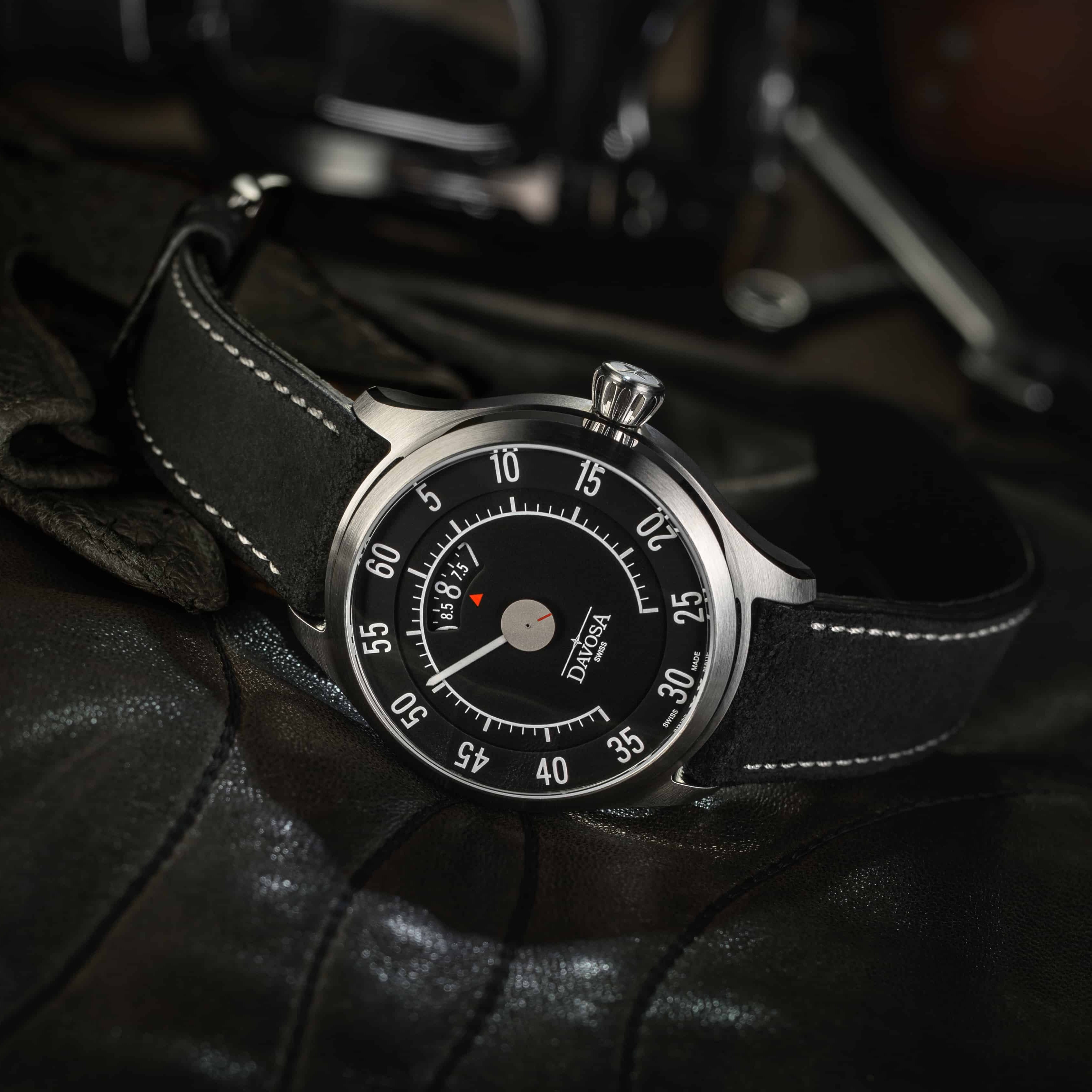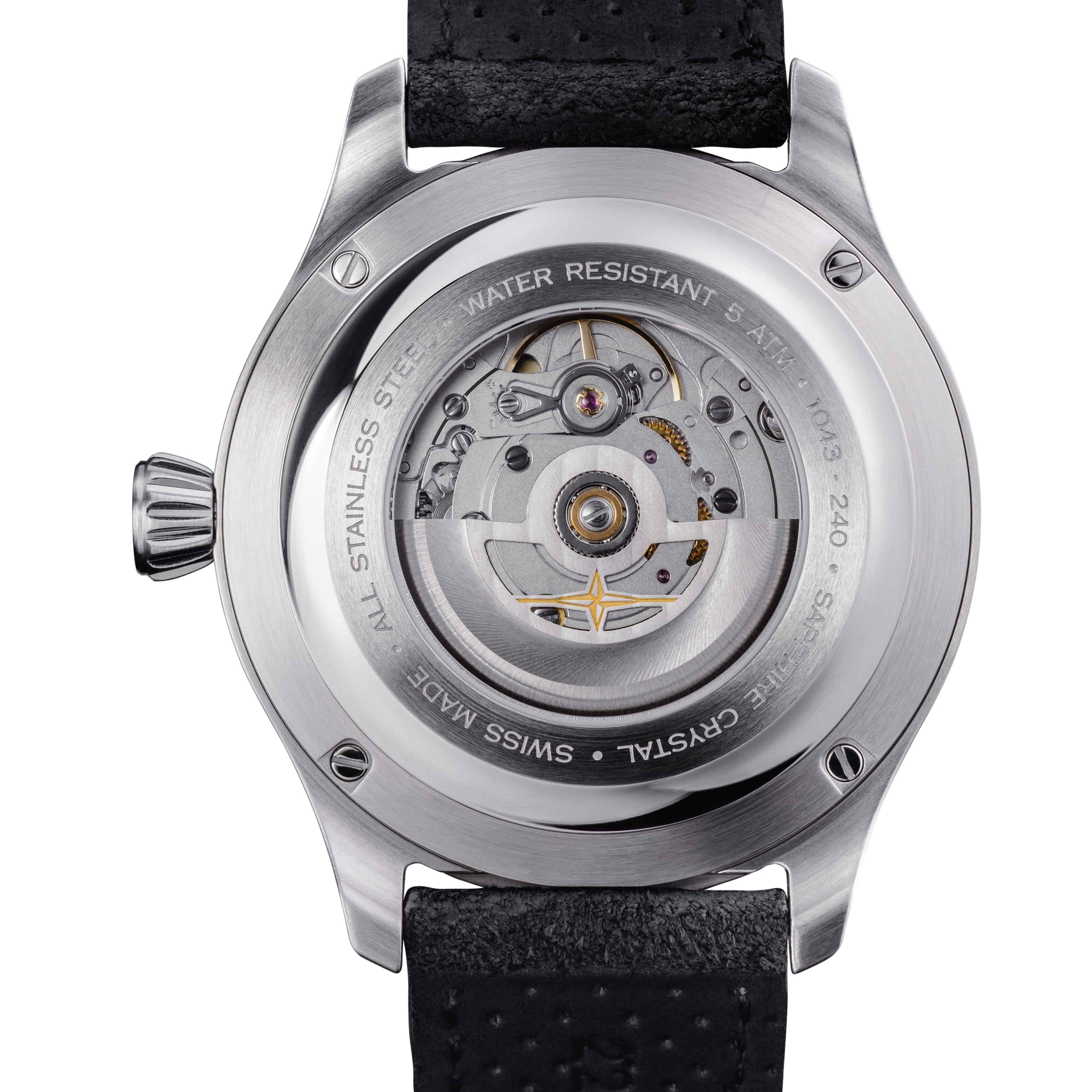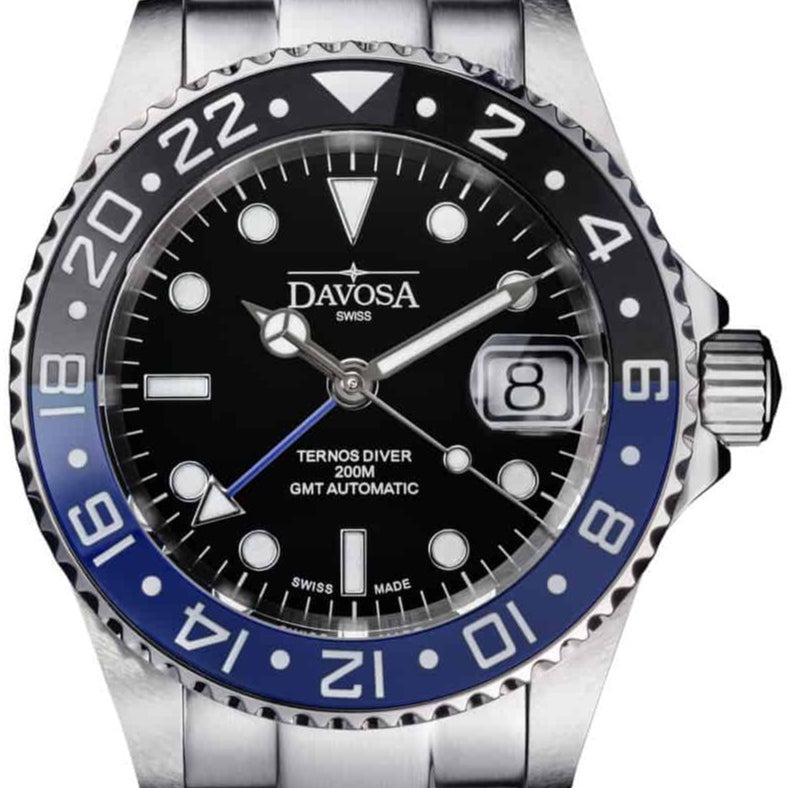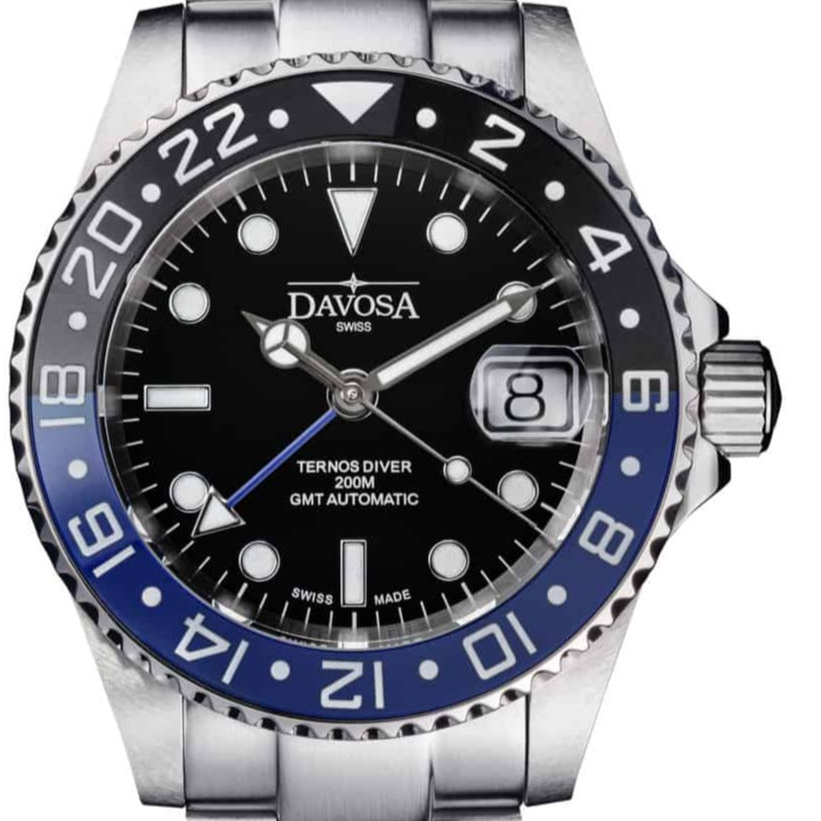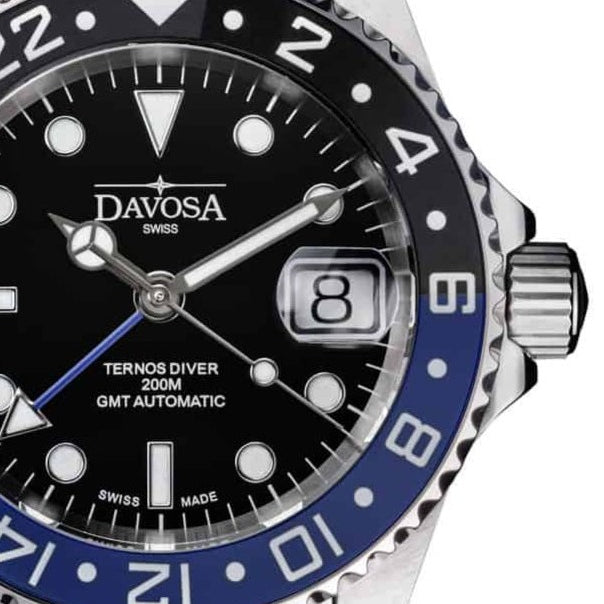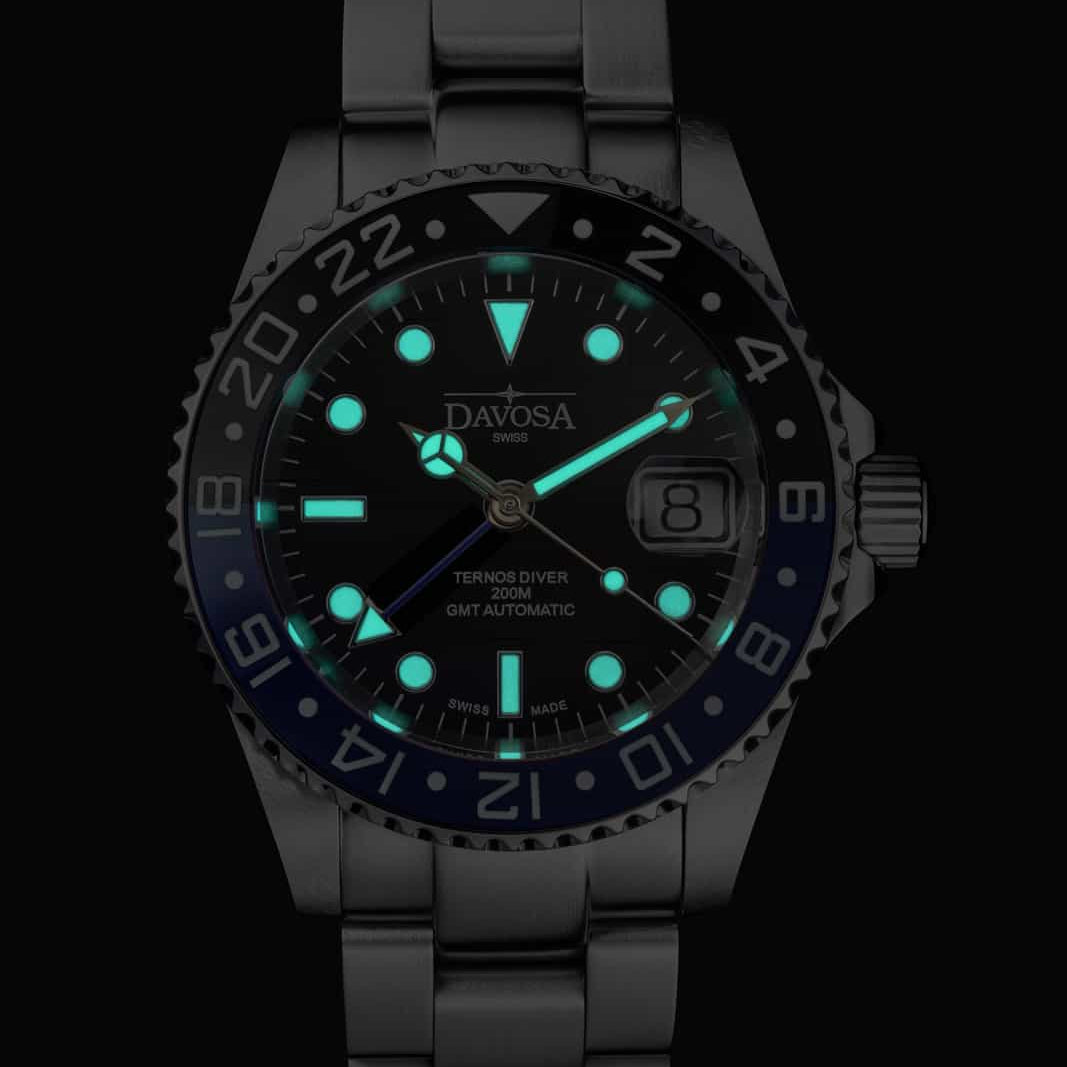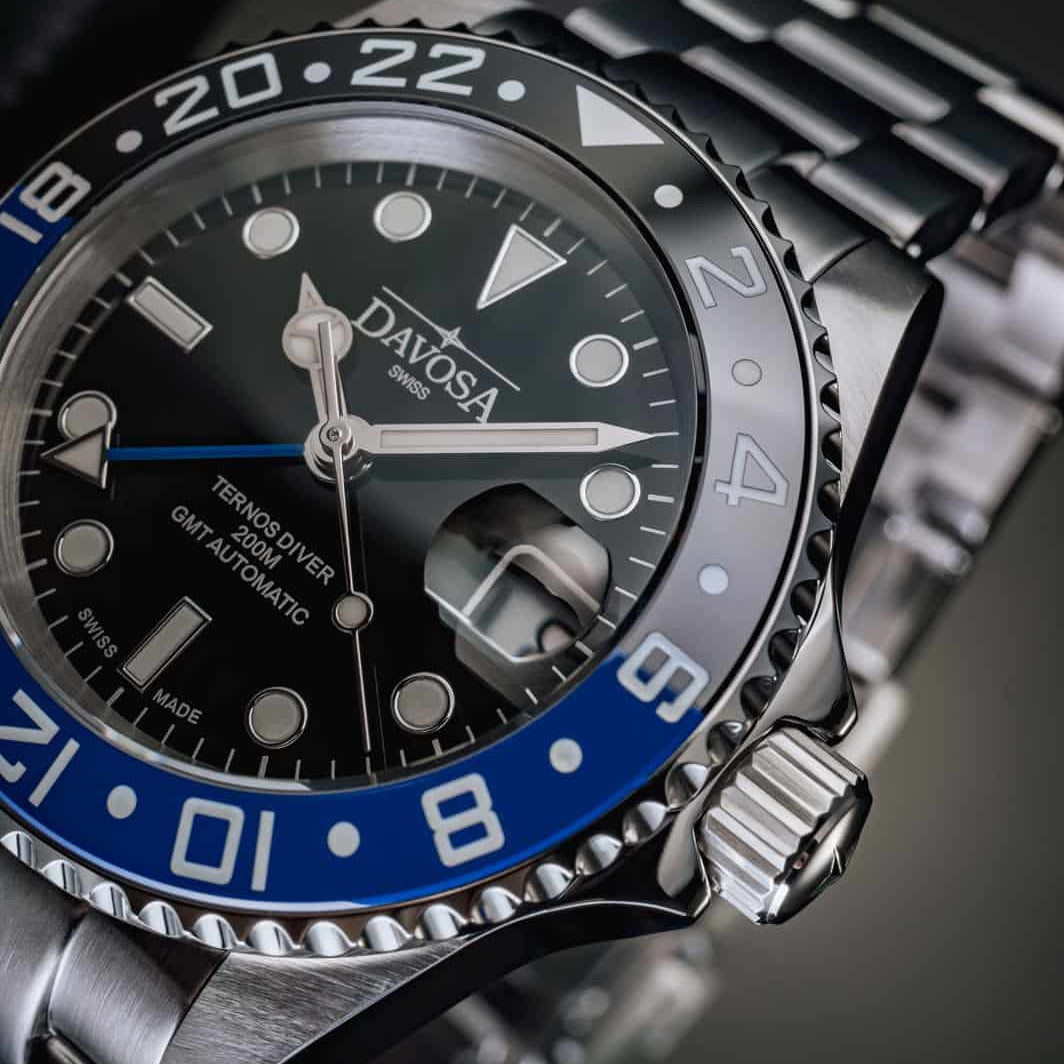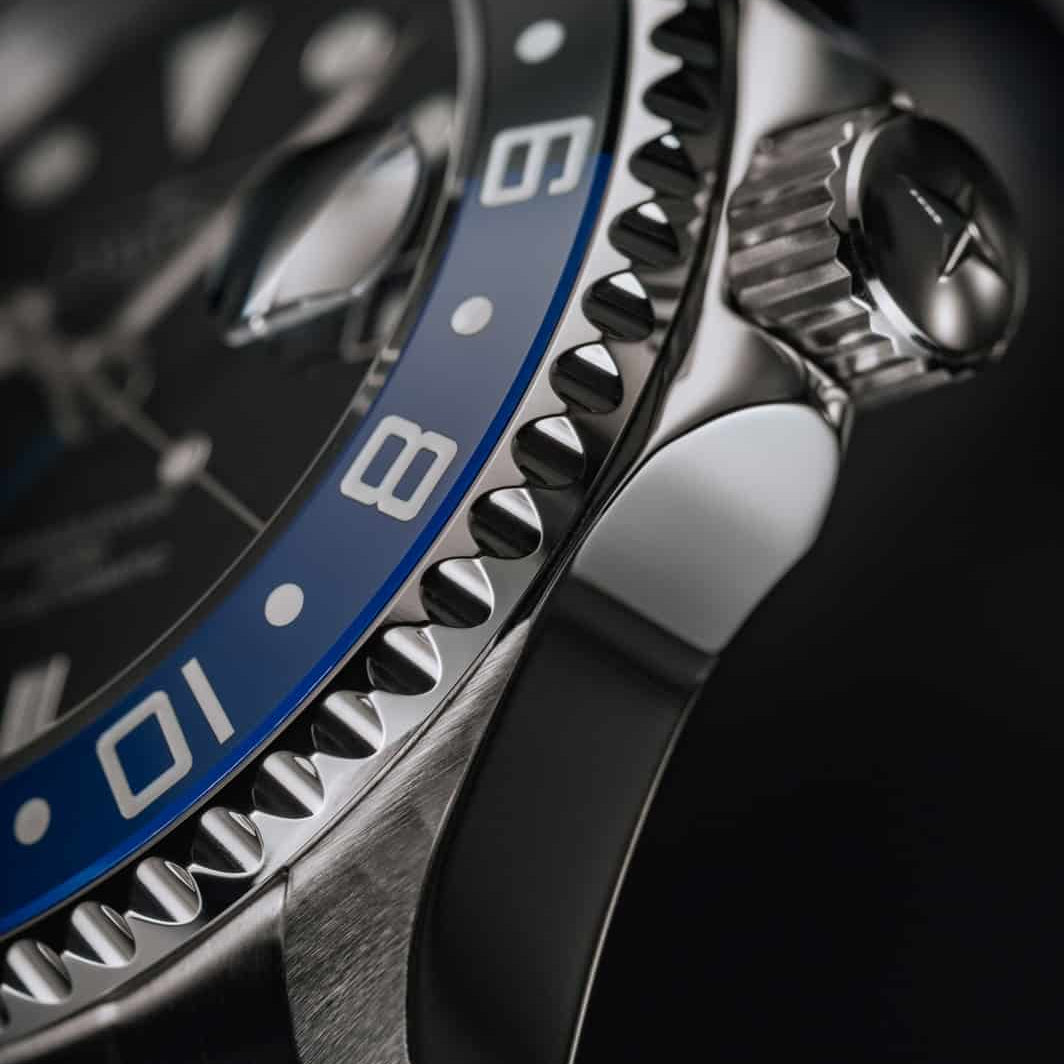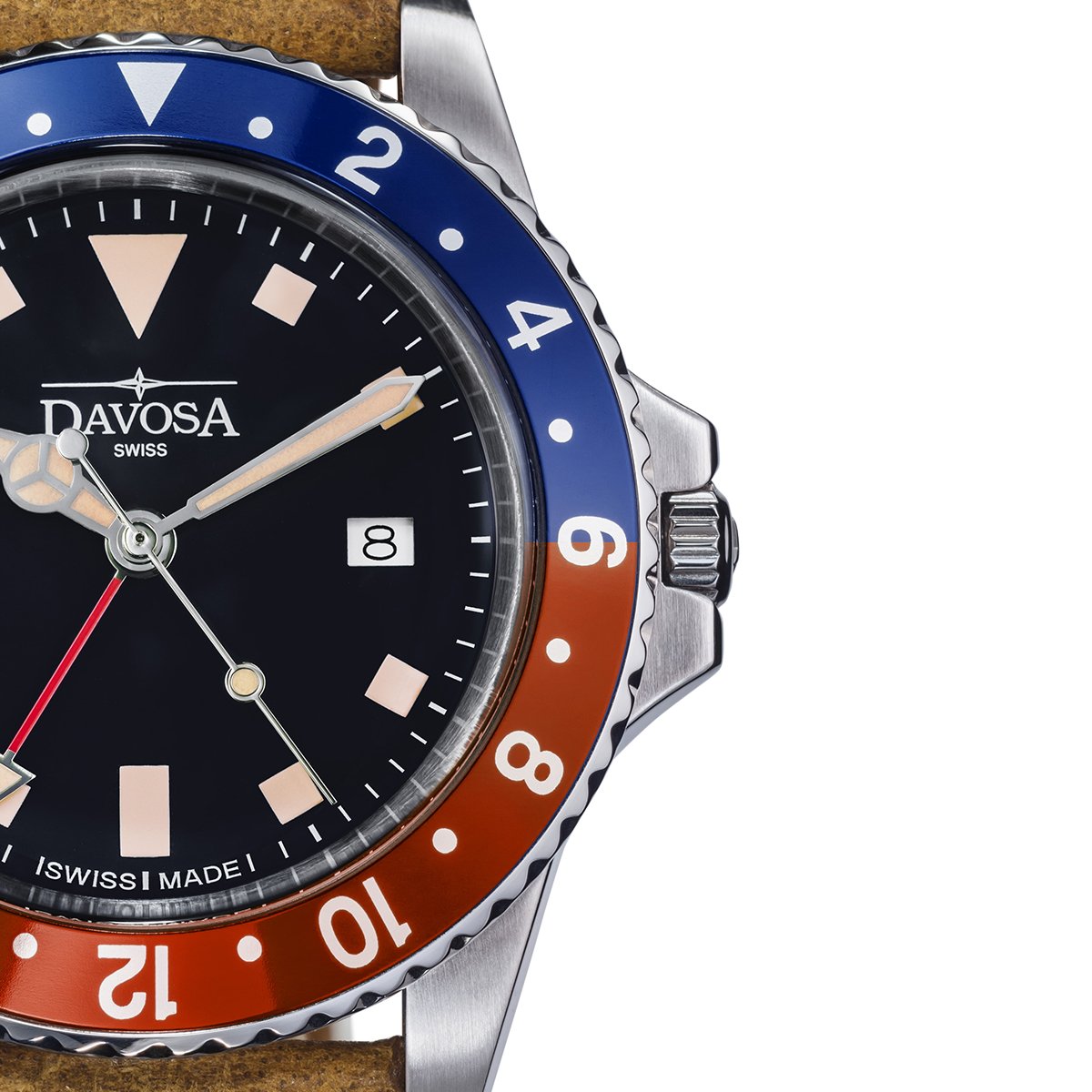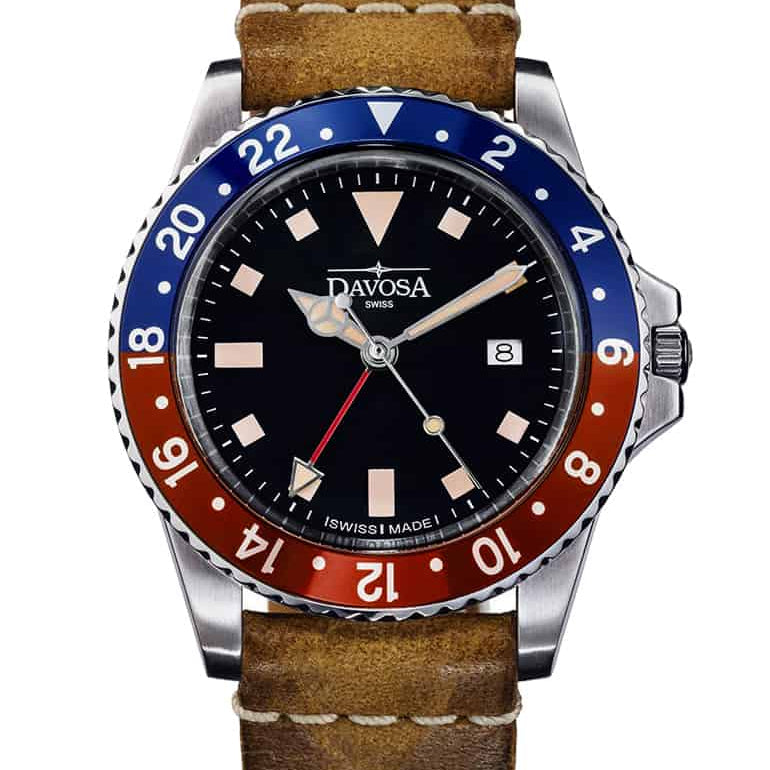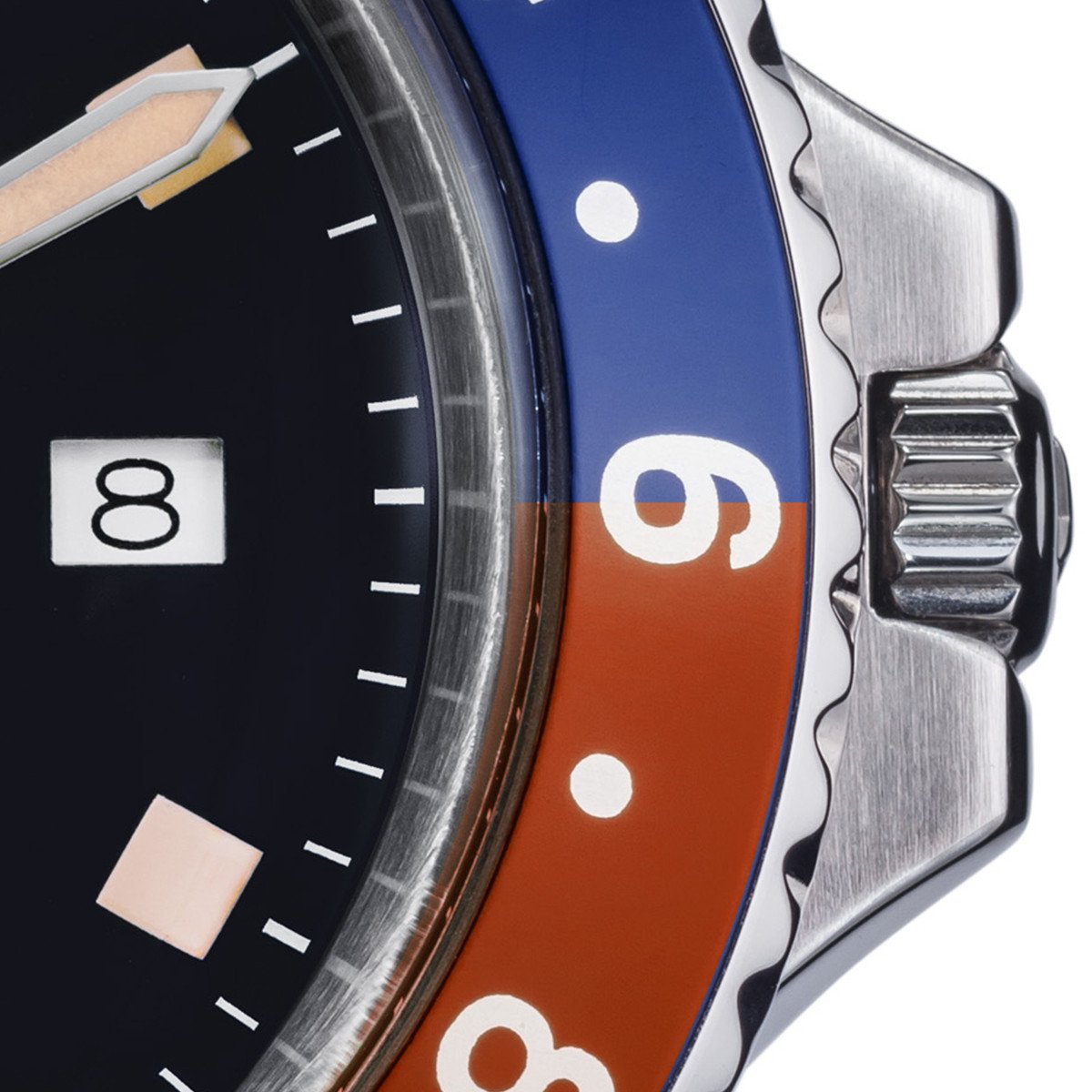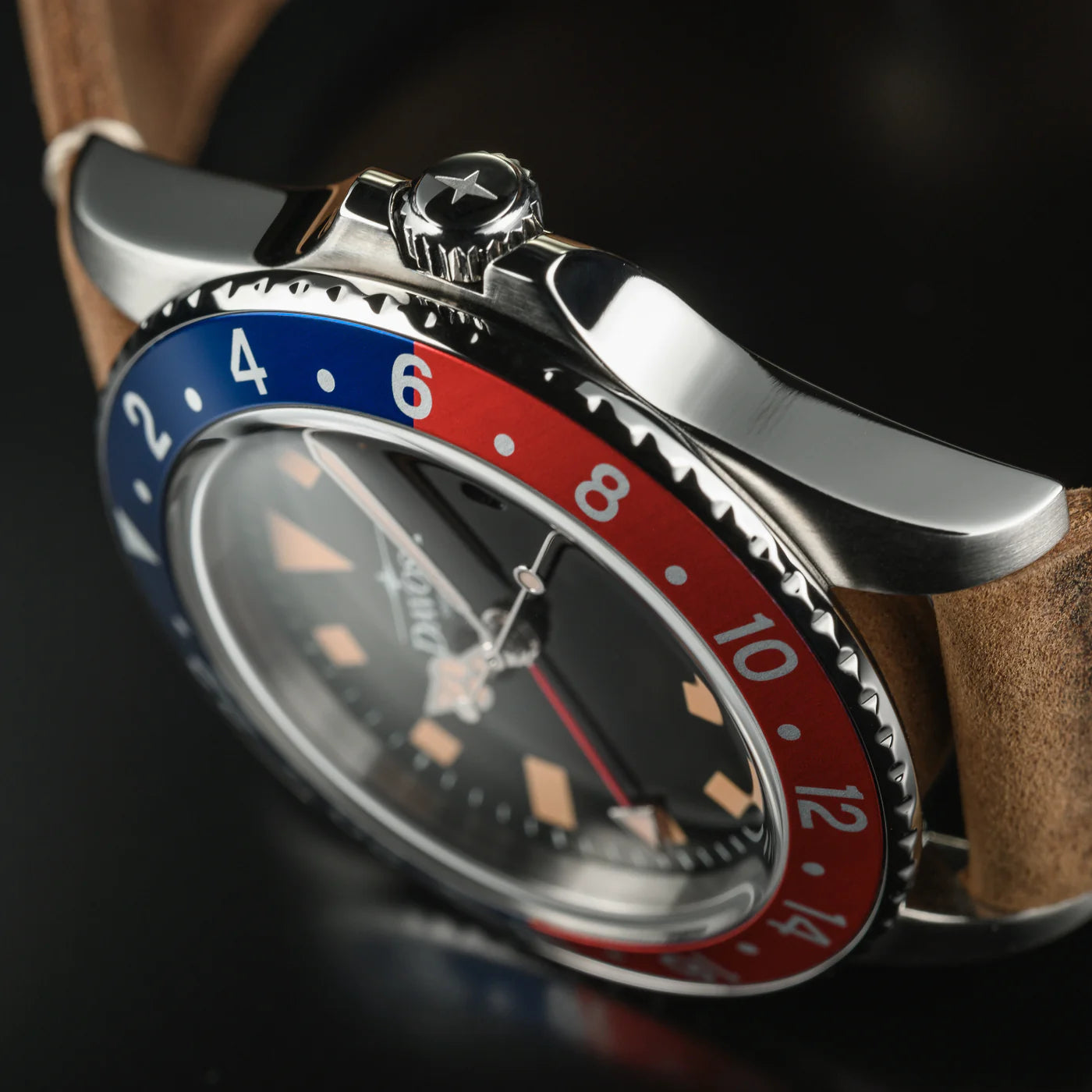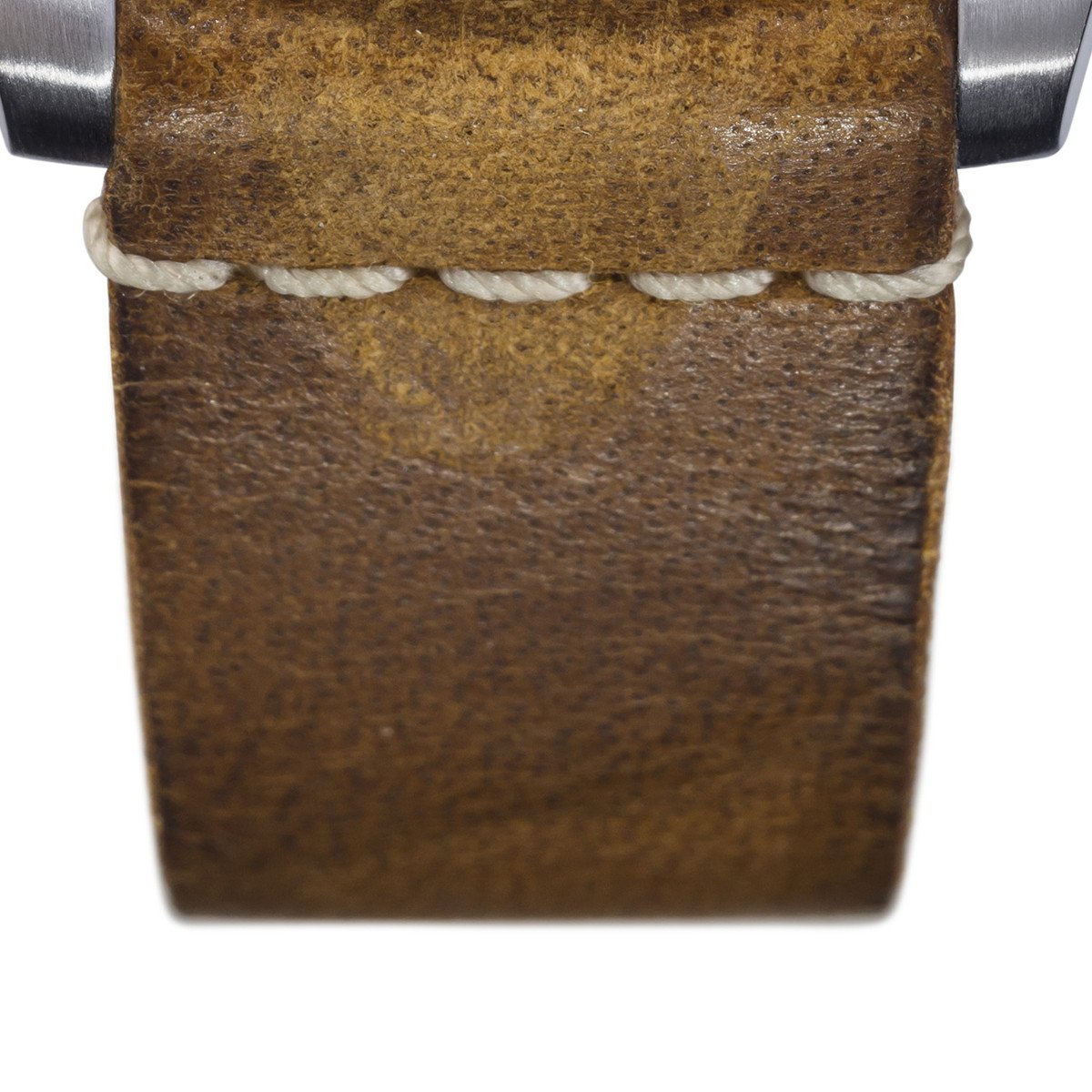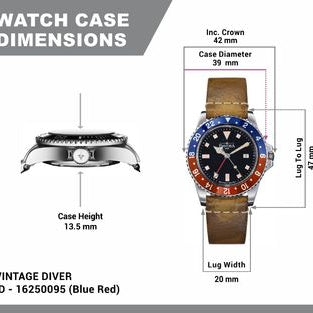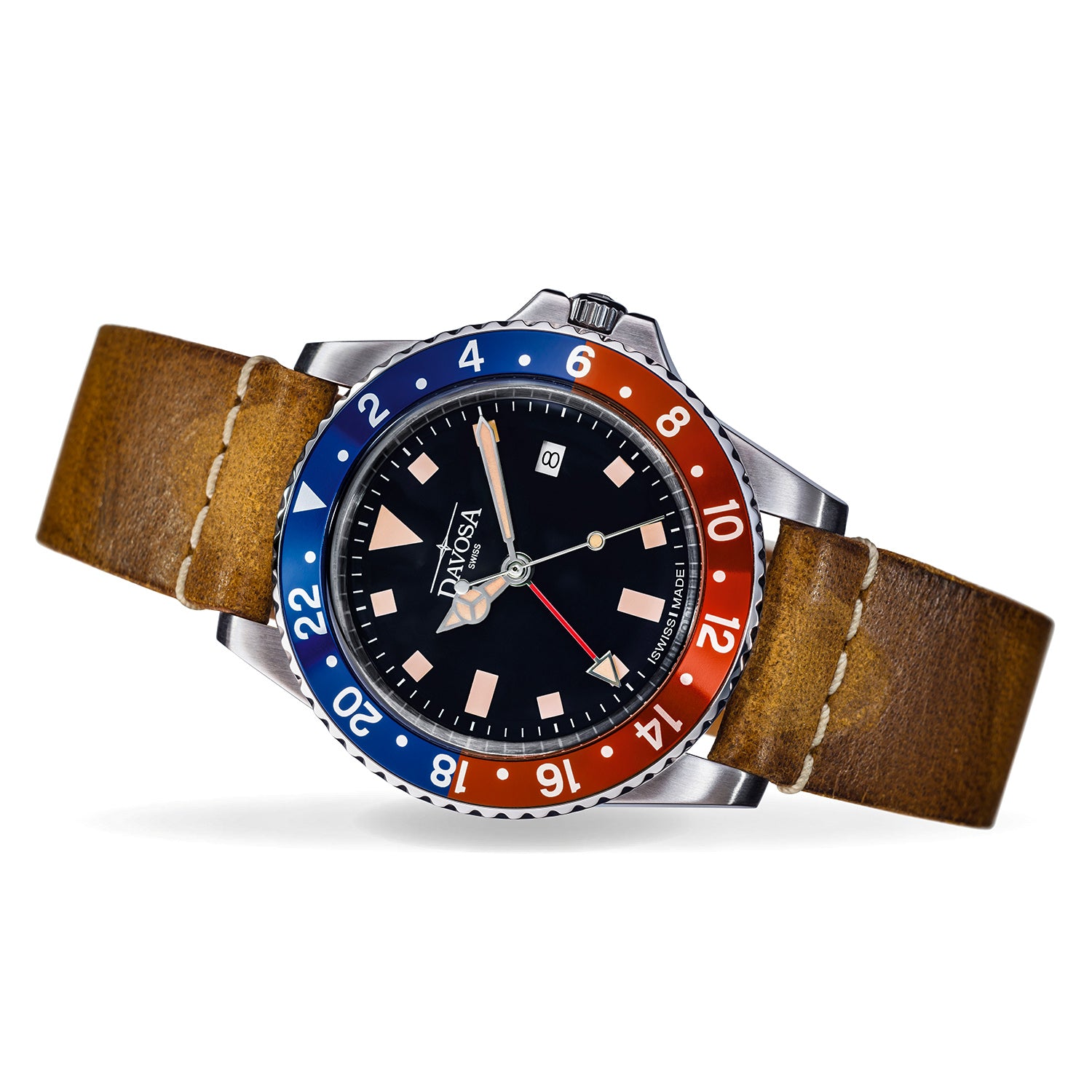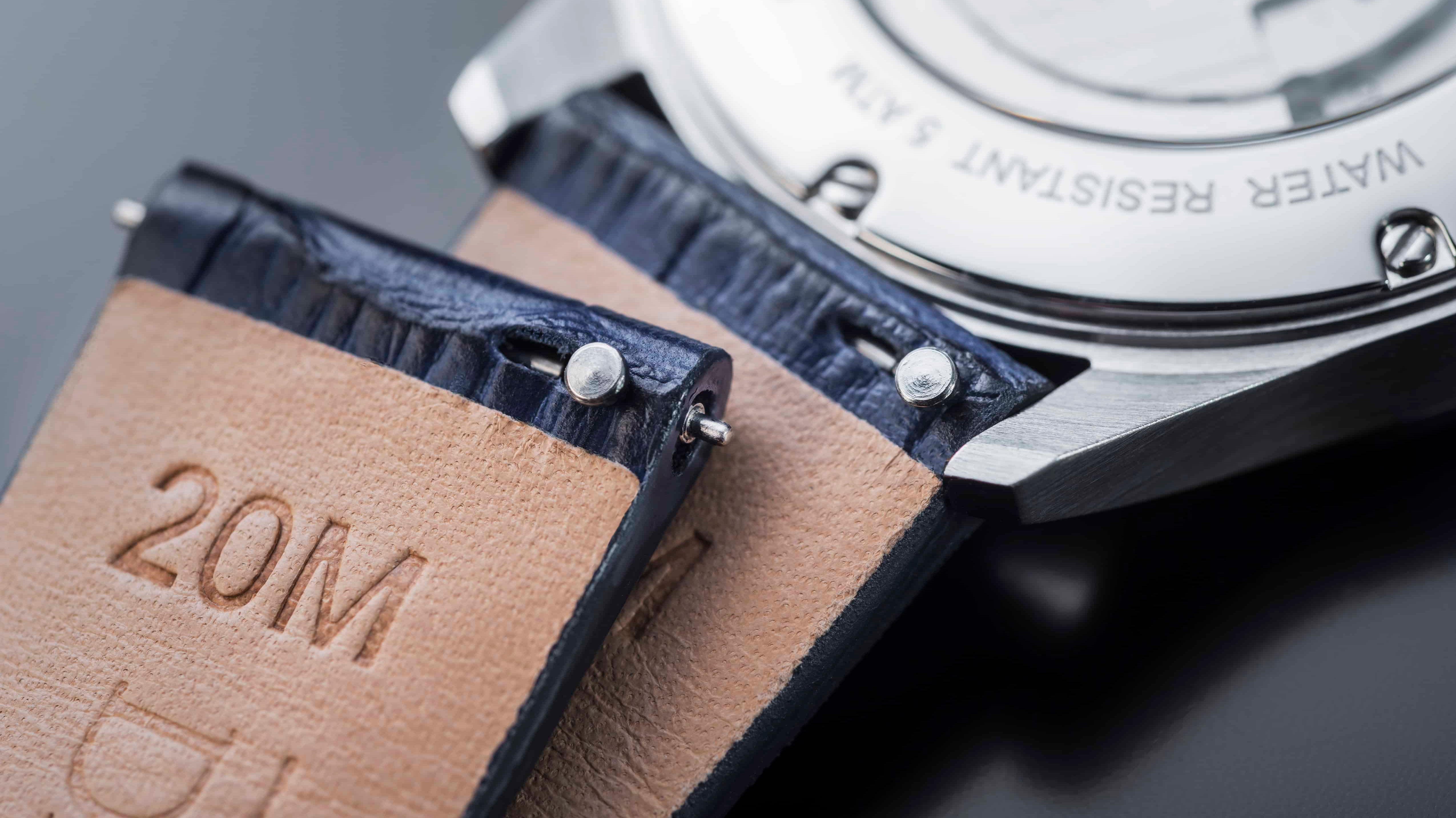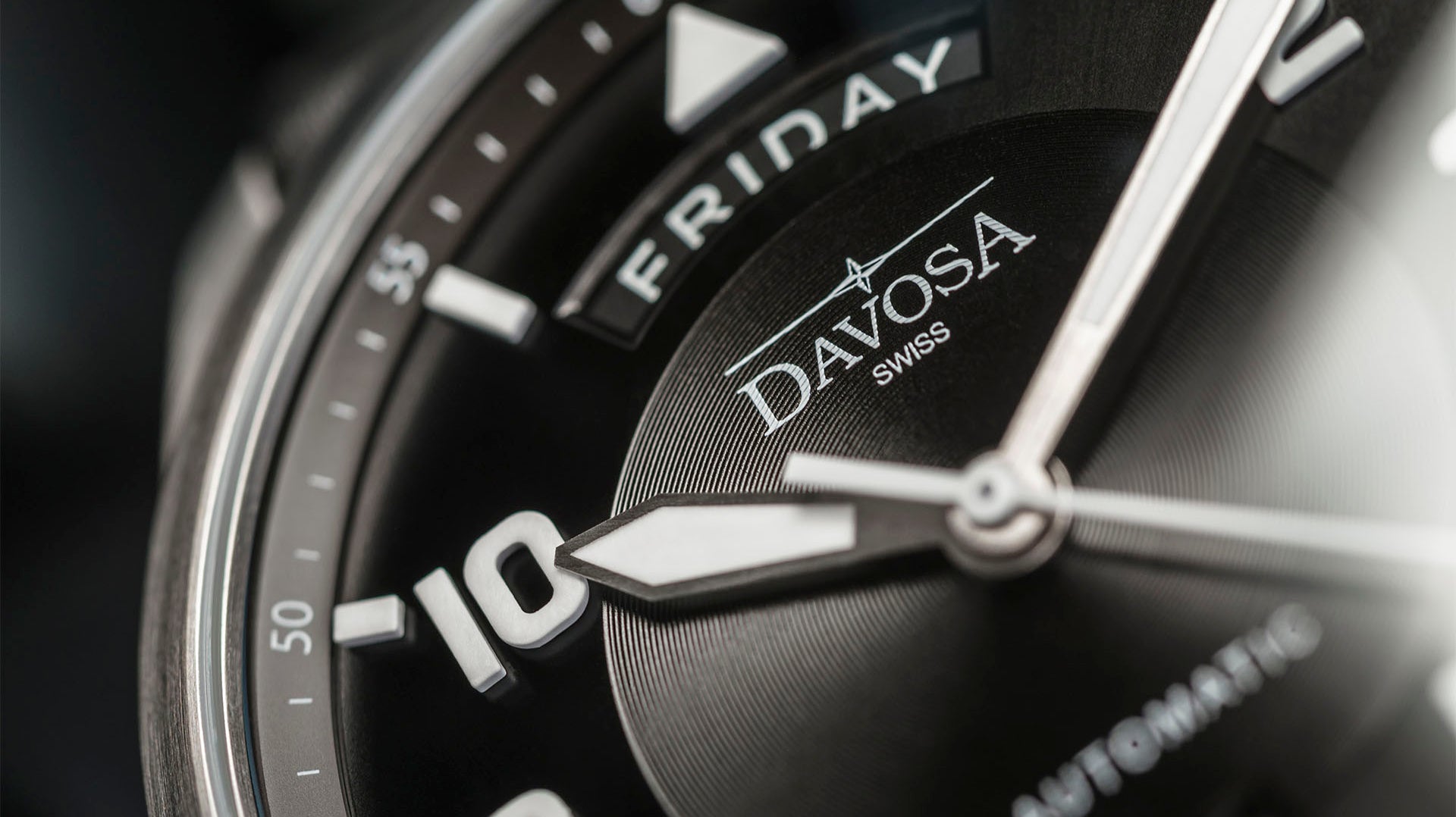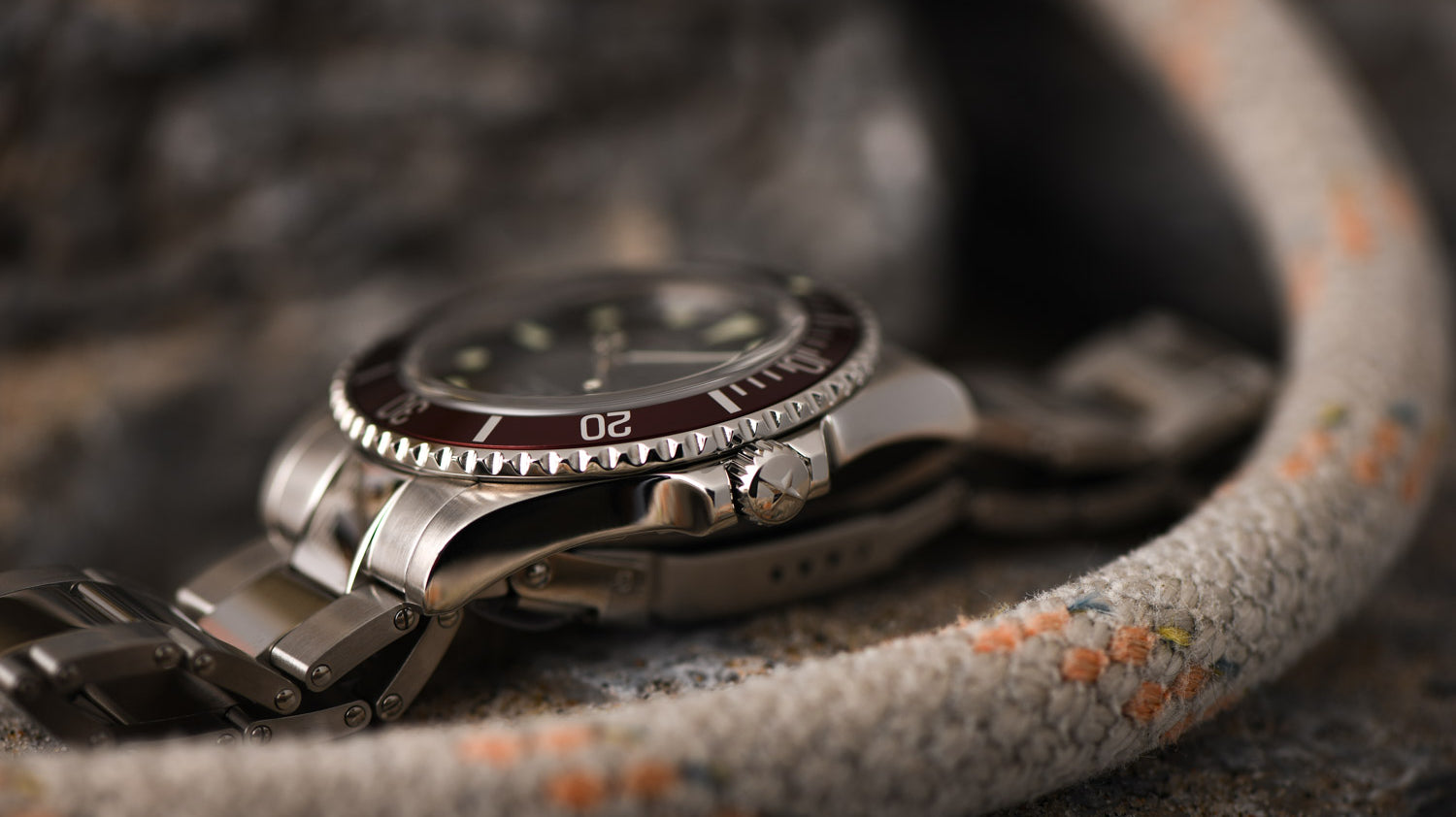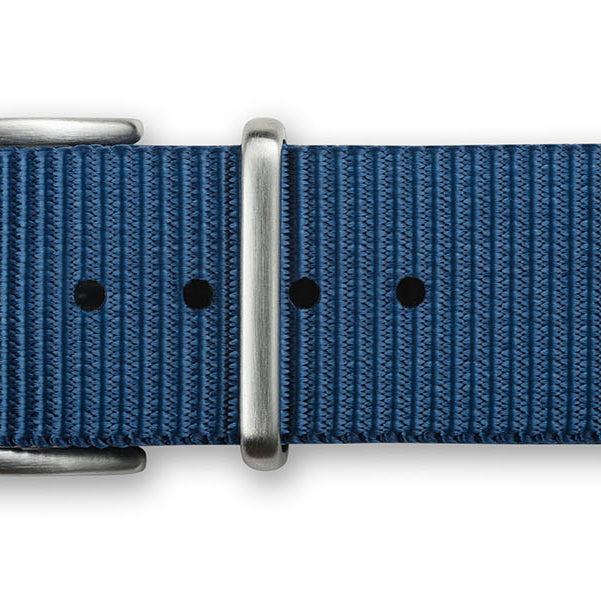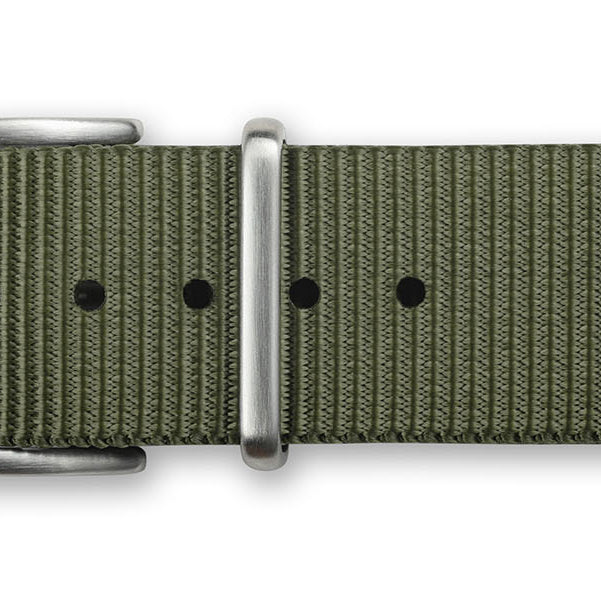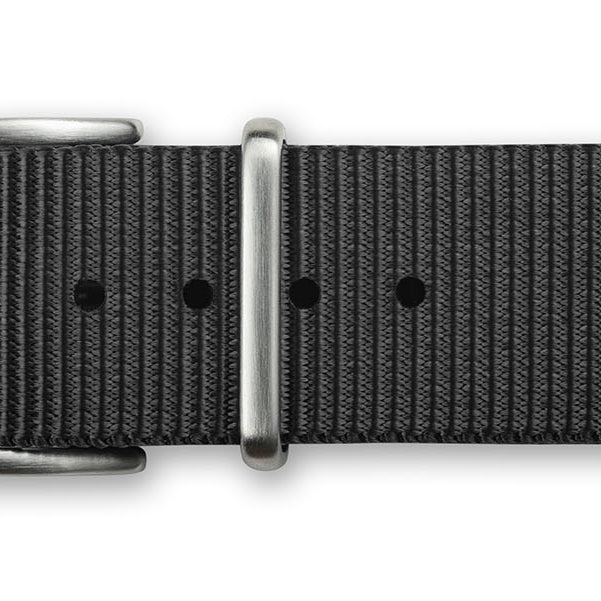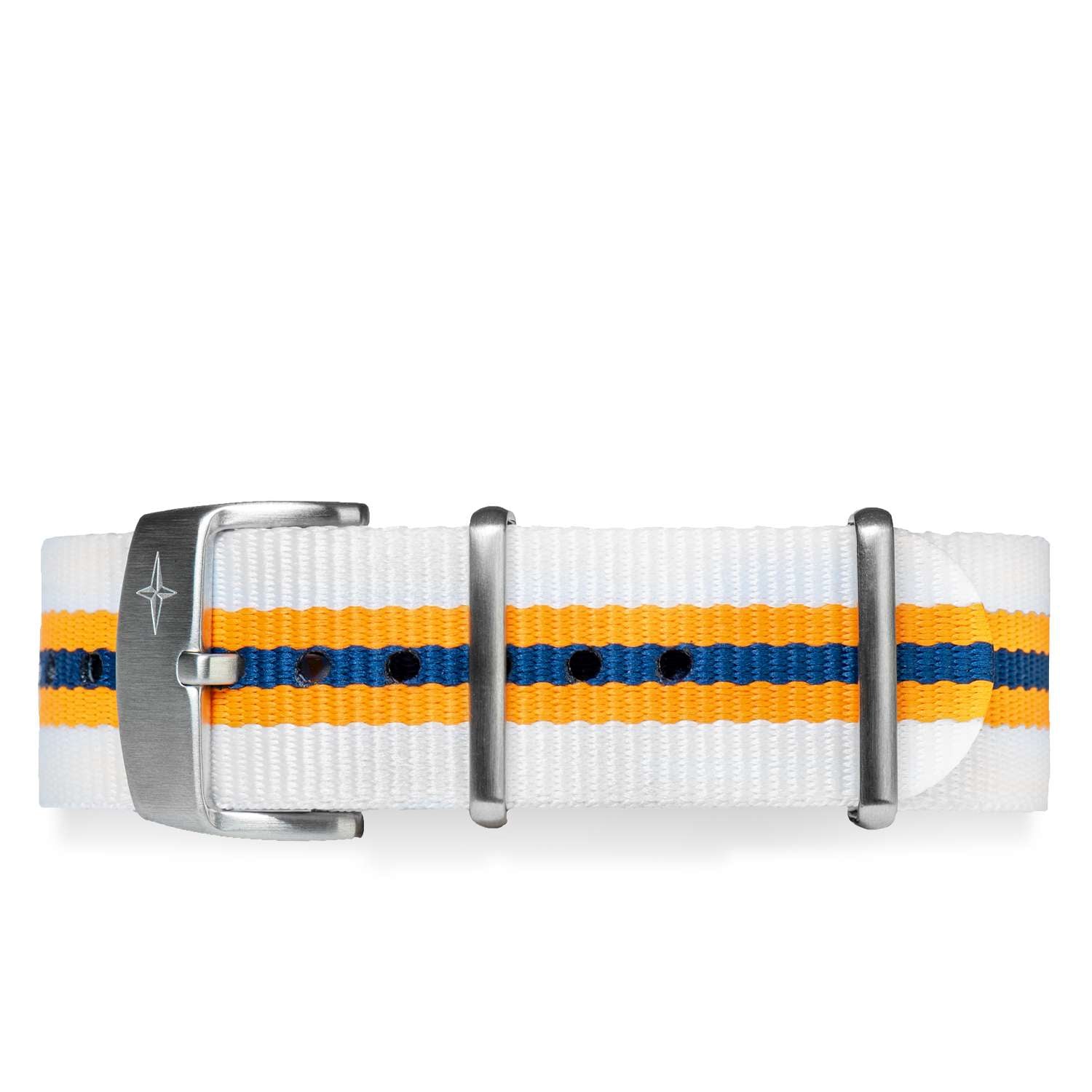Mechanical watches are one of the oldest tools we continue to use today, as they have a history that is lost in the mists of time, but realistically, it has lasted for at least 500 years. And the earliest clocks were quite similar to the ones we use today, only much less refined and better performing. So let us turn the hands of history backward to take ourselves back to the early 1300s when the first clocks began to surface.
The first clocks
Unfortunately, we no longer have the mechanisms, but we are left with the chronicles of their presence. Which tell us about how watches developed. And specifically about the first clocks.
For different reasons, mechanical clocks originated in Europe. We have records that extremely sophisticated water clocks were made in earlier times in China, but the technique of making mechanical timepieces never developed there. The first clocks arrived in the Celestial Empire much later, brought by Italian missionaries such as Matteo Ricci, in the early seventeenth century, and were the only object brought by the "white devils" that the Emperor found "interesting."
So, one of the earliest mechanical clocks we have a record of is one installed in Italy, in Milan, around 1350. But the earliest clock we have left dates 35 years later, and it is the clock in Salisbury Cathedral, England. It was a timepiece without a face and hands, which chimed the hours with the tolling of a bell and operated by gravity, employing two weights connected to two barrels used to wind the clock mechanism and energize the chiming movement.
Of course, these were big, static clocks since it would have been impossible to use gravity winding for transportable clocks: something else had to be devised. And this invention came about a hundred years later, precisely in Nuremberg, Germany.

When was the first watch created?
By the early sixteenth century, metallurgy had already made several advances, and the development of lock technology had led blacksmiths specializing in this field to invent something revolutionary: the spring. A small sheet of tempered metal could be wound around itself and thus enclose energy, and this could be inserted into a complex mechanism and used as a power source to make it move.
It was this concept, the ancestor of the modern mainspring that we use today in every watch movement, that was developed by a master blacksmith in Nuremberg, known as Peter Henlein. Around 1505, Henlein was able to create mechanisms that could mark time by turning a single hand on a dial.
His clocks, which were more like knick-knacks that you could carry around, were generally secured to a chain hung around the neck, and came to be called "Pomander Eggs."
They were egg-shaped cases, with a metal lid that protected the hand (there were no watch crystals back then to protect the dial). Henlein built several of them and, more importantly, introduced the idea to the public so that many other lock smiths, attracted by the great profit they could make from these new objects, began to produce them. Watchmaking was officially born!
Who invented the watch?
As we have said, traditionally, we point to Peter Henlein as the inventor of the first watch. However, we know for a fact that many other clocks were produced almost simultaneously in different places, even quite far from Nuremberg, which makes us think that Henlein was one of the first to give concrete form to these new objects, but that the technique and skills for making them were widespread among the lock makers of the time.
These early clocks were coarse, heavy, and horribly inaccurate, so much so that they sometimes had hours off the "correct" time, which was much more reliably calculated using sundials - and so had just the hour hand (the setting of the hour hand and the rewinging of the mainspring happened through the use of a little key - the watch crown, was introduced much later, around 1850).
However, the accuracy of clocks began to increase appreciably around 1650 when Hooke and Huygens succeeded in developing the clock's regulating organ, namely, the balance spring, starting the technological advancement that would lead to build the first accurate mechanical watches.

The first wristwatch
The direct evolution of the Pomander Egg led to the creation of the first pocket watches, which became dominant throughout the period from the 1600s until the end of the 1800s. The wristwatch, on the other hand, has a particular genesis and, in fact, derives from two very different inspirations.
Traditionally, it is said that the first wristwatch was a bracelet containing a watch movement that Patek Philippe created in 1868 for Countess Koscowicz of Hungary, but this is actually not true. The earliest wristwatch still in existence - not to mention, the famous Breguet No. 2639 timepiece created in 1810 by the French watchmaker for the Queen of Naples - is a still-existing jewelry watch from the early nineteenth century, designed by the crown jeweler of France, Nitot (now Maison Chaumet), for Her Majesty Empress Josephine, the wife of Napoleon I.
However, in all these cases, these timepieces were jewelry, where the typical function of the watch was really secondary. The first true wristwatches, on the other hand, were developed for military needs around 1880. Again, traditionally it is said that the first wristwatches were produced by Girard Perregaux for the German Kriegsmarine, but in reality, there is little evidence to support this suggestive hypothesis.
However, what is more convincing is the progressive and natural use of the wrist-bound pocket watch for military needs. Several photographs from this era show British officers showing pocket watches strapped to their wrists in a leather holder, called a wristlet. The reason was apparent: a timepiece worn on the wrist was much more practical, especially for a soldier than a watch that had to be taken out of a pocket!
When was the wristwatch invented?
Instead of carrying a pocket watch in a leather holder, someone thought of welding two fixed lugs to the sides of the watch case so that a simple leather strap secured by a buckle could be attached. In this way, you could wear the watch quickly and easily.
These modified pocket watches, called "trench watches," were the first wristwatches used mainly by the military for operational purposes. And while the earliest were modified pocket watches, over the years, case manufacturers began to produce cases on purpose, with wire lugs already inserted, to serve this particular and widespread market. As a note, the years before the outbreak of World War I saw many local wars, and the use of these "trench watches" spread everywhere.
Yet, these timepieces were not considered "dressy". They were true "tool watches" used for a specific purpose. No gentleman would ever stoop to wearing such a wristwatch during a formal, social occasion.
Until this social stigma toward wristwatches was overturned, and this time, thanks to a French-Brazilian collaboration.

What is the oldest wristwatch?
The year was 1904. A wealthy socialite living in Paris, one Alberto de Santos Dumont, went to his friend and trusted jeweler, Louis Cartier. His request was unusual: he needed a watch that he could wear while flying. A strange request, but Santos Dumon was an aviation pioneer, the raging modern trend of those years. He had flown on air balloons, but he was working on his monoplane - and at the controls, he could hardly pull a watch out of his pocket.
Louis Cartier set to work, and a short time later, he delivered to Santos Dumont a square-shaped watch that would make history. And he named it Santos. The Santos - still very similar to the model of 1904 - is still in production today.
Santos Dumont immediately fell in love with it and took to wearing it everywhere during his social life. In doing so, he launched - as a true "influencer" ante litteram - the fashion for wristwatches. He was so effective that when Cartier created the Tank in 1917 and put it on sale, the entire production sold out in one morning.
From that moment onwards, wristwatches won people's hearts and wrists, relegating their forerunners, the pocket watches, to history.
Main Takeaways
The genesis of modern watches takes us through a fascinating historical journey that tells us about inventions, but more importantly, cultural evolution. And this depends not so much on technology but social developments.
Throughout history, watches have become more a phenomenon of costume than useful objects, and over the centuries, they have nevertheless always maintained this exceptional vocation that makes them more of a style-defining accessory than a mere tool that we use to check the time.
And it is perhaps for this reason that, despite all that has happened throughout their history, with their evolution to quartz watches in the Seventies and smartwatches in the Noughties, timepieces have never gone out of fashion and have always maintained their distinctive characteristic that makes them, in their way, eternal and irreplaceable.
The Davosa-USA.com website is NOT affiliated in any way with Audemars Piguet, Franck Muller USA, Inc. Richard Mille or Richemont Companies, Seiko, or any other brand which is not Davosa Swiss. Rolex is a registered trademark of Rolex USA. Davosa-USA website is not an authorized dealer, reseller, or distributor for Rolex and is in NO WAY affiliated with Rolex SA or Rolex USA or any other brand besides Davosa Swiss. |


